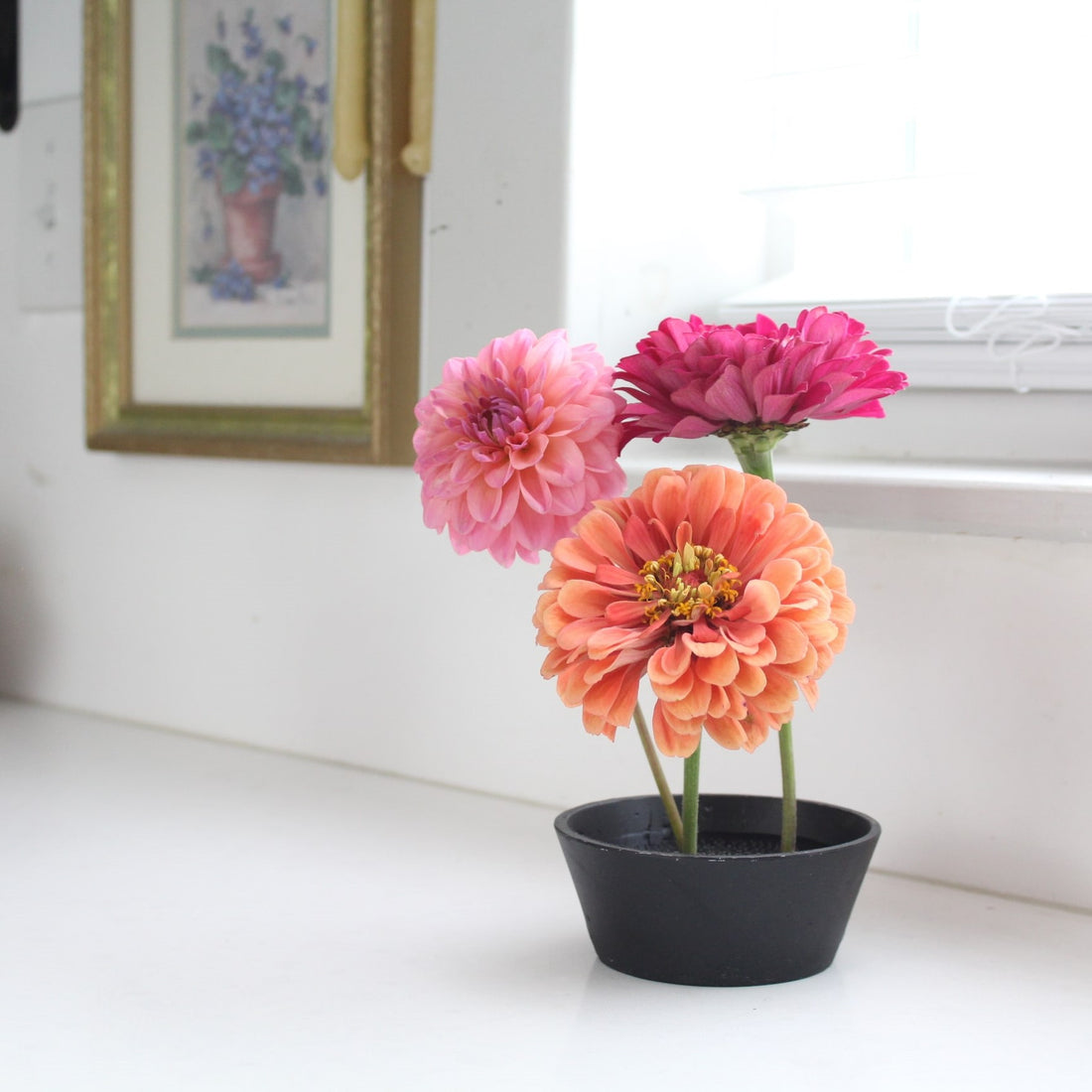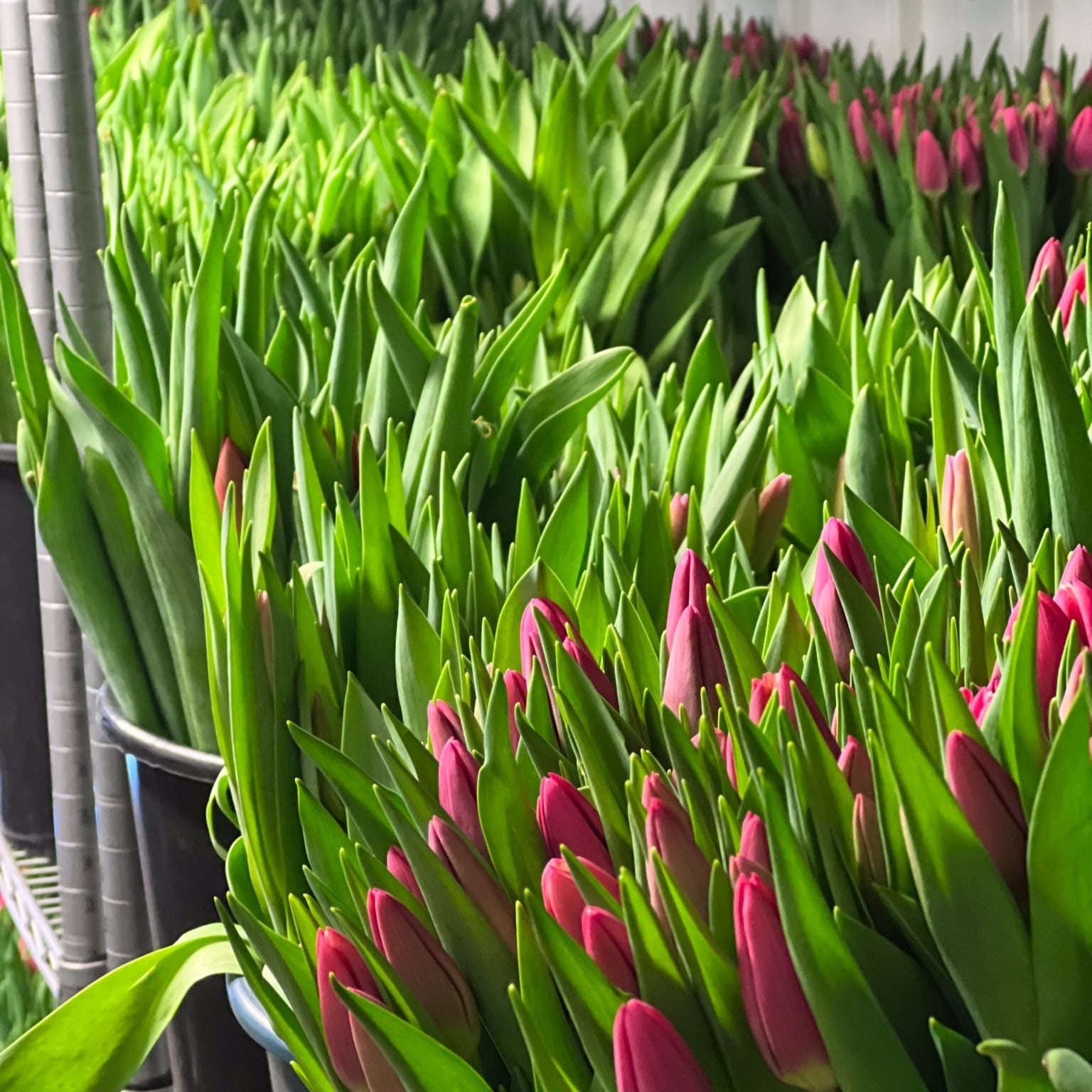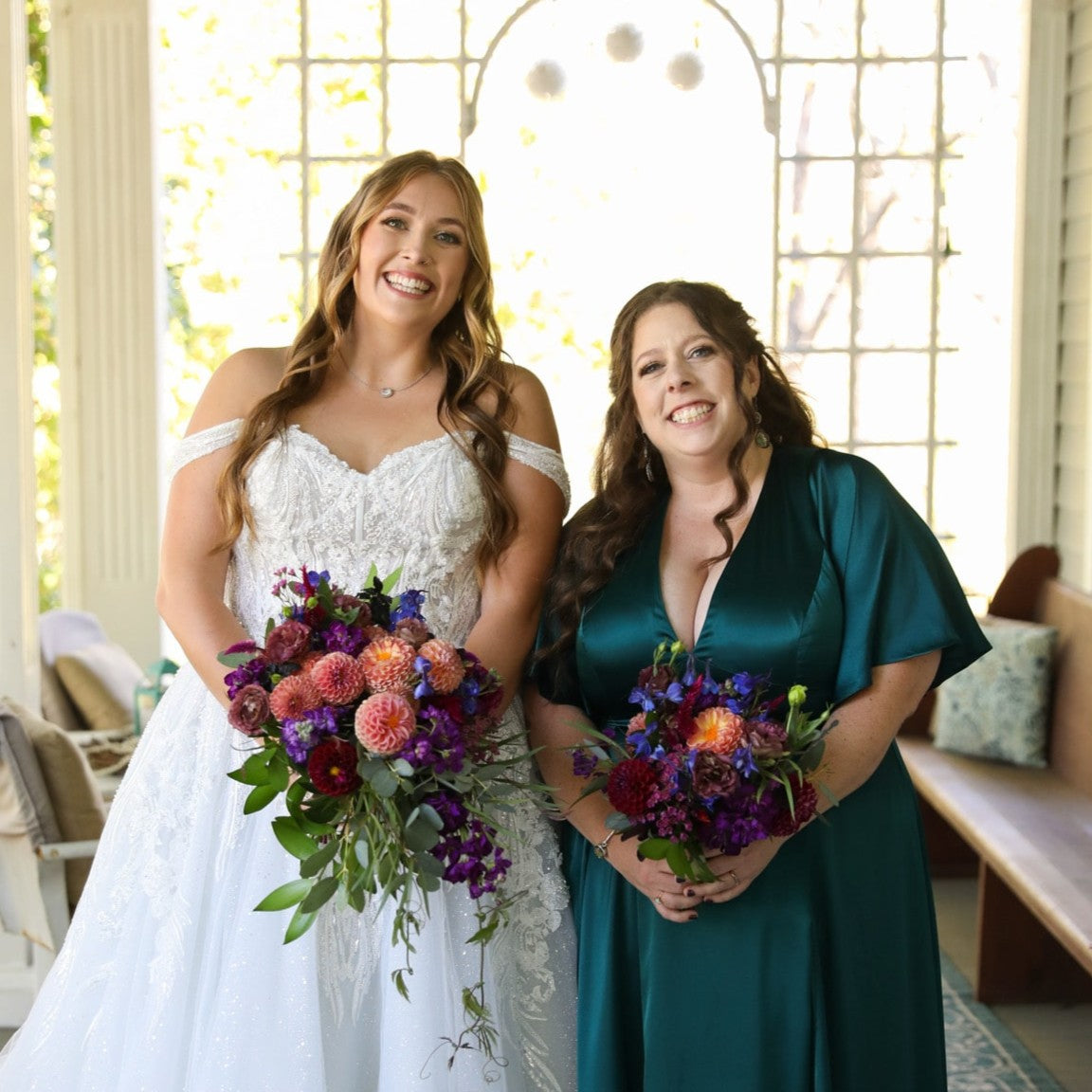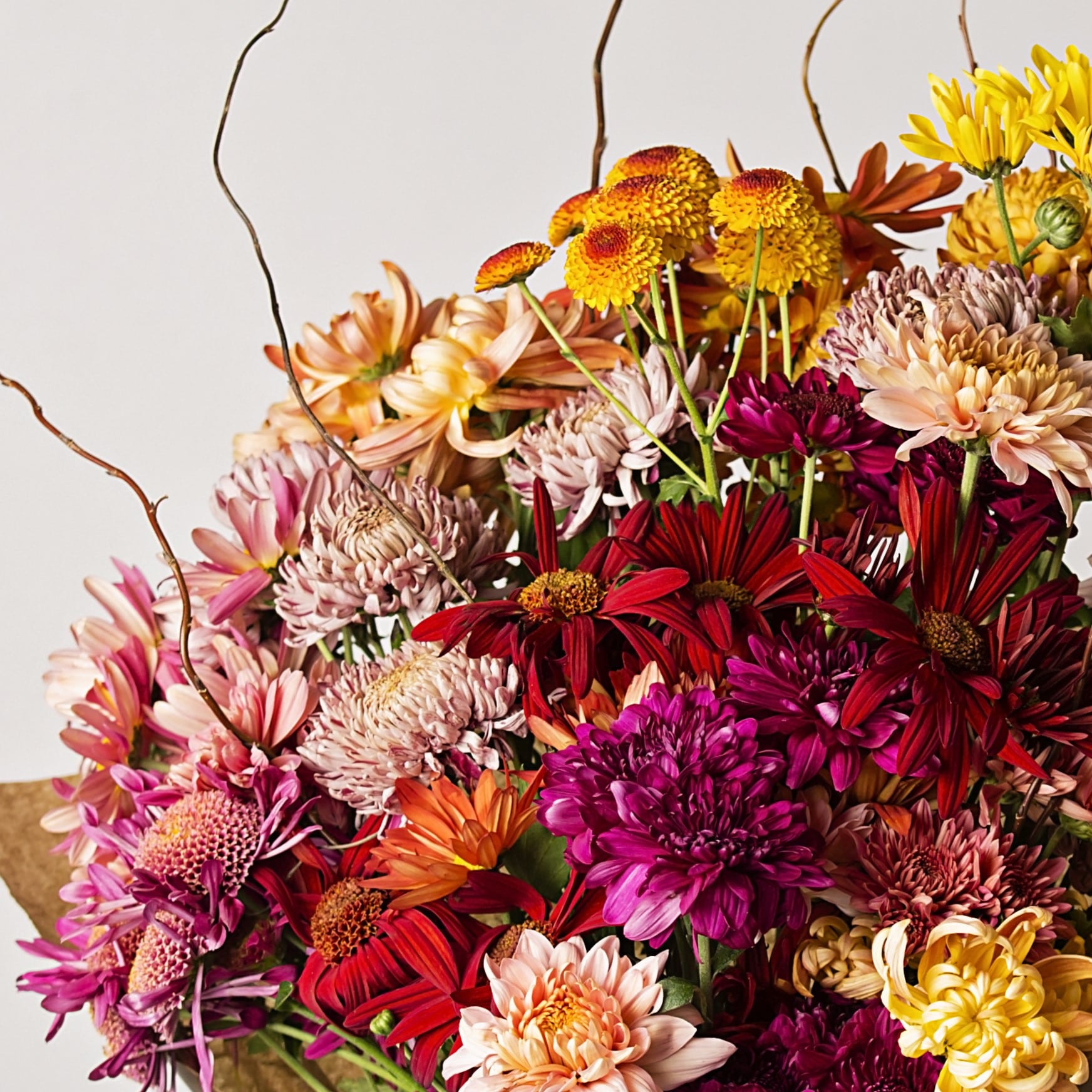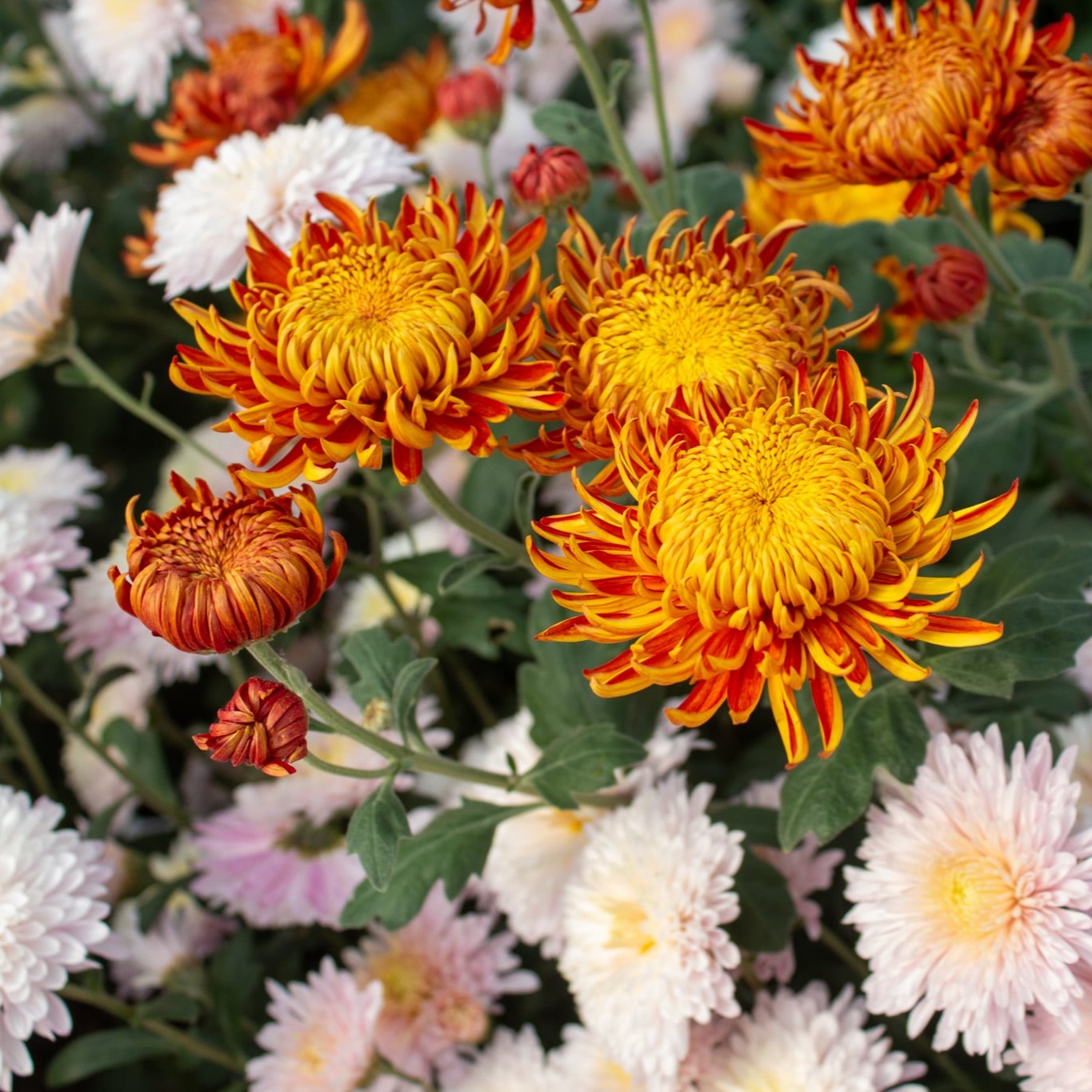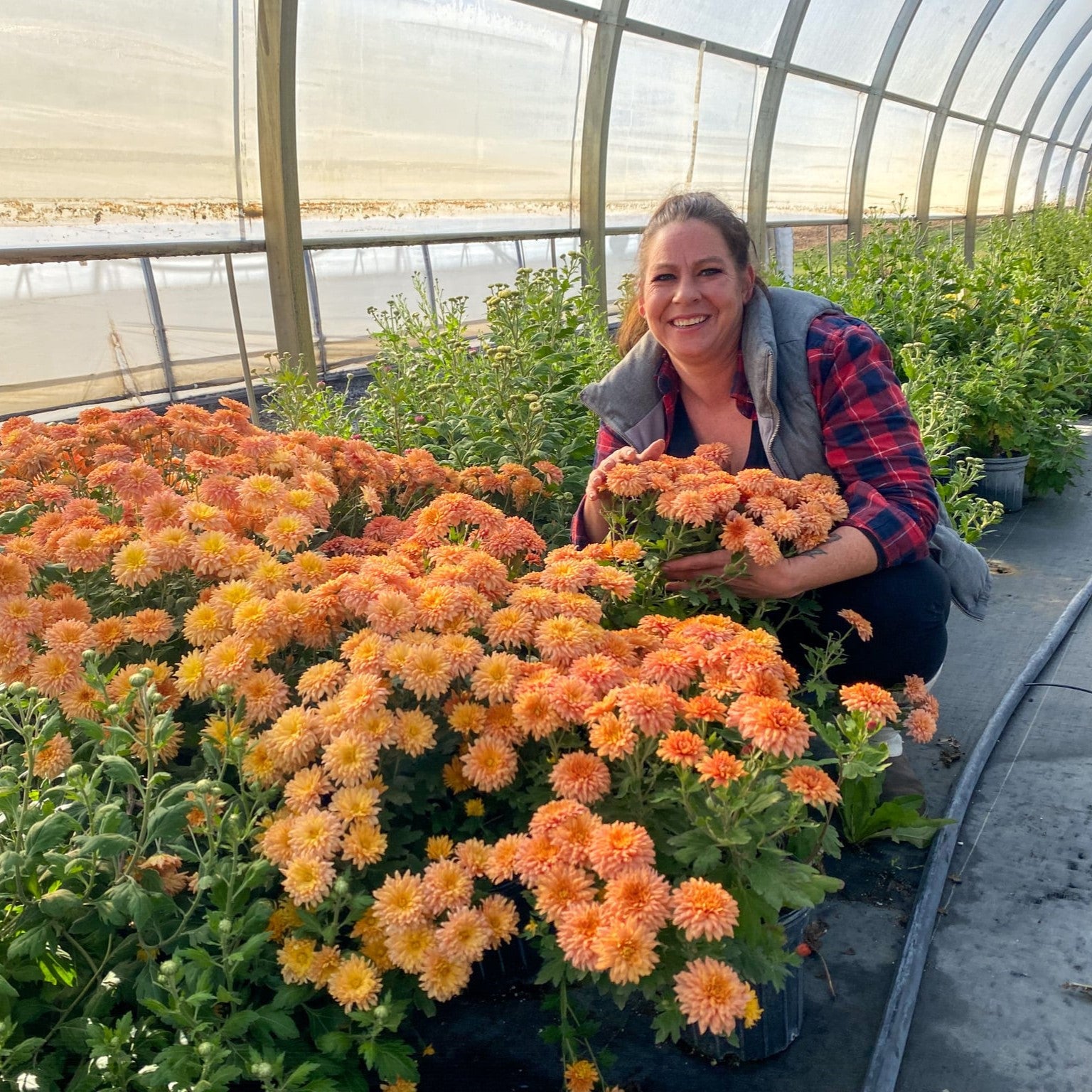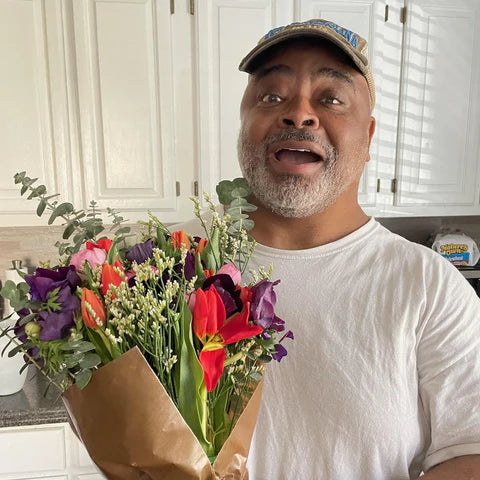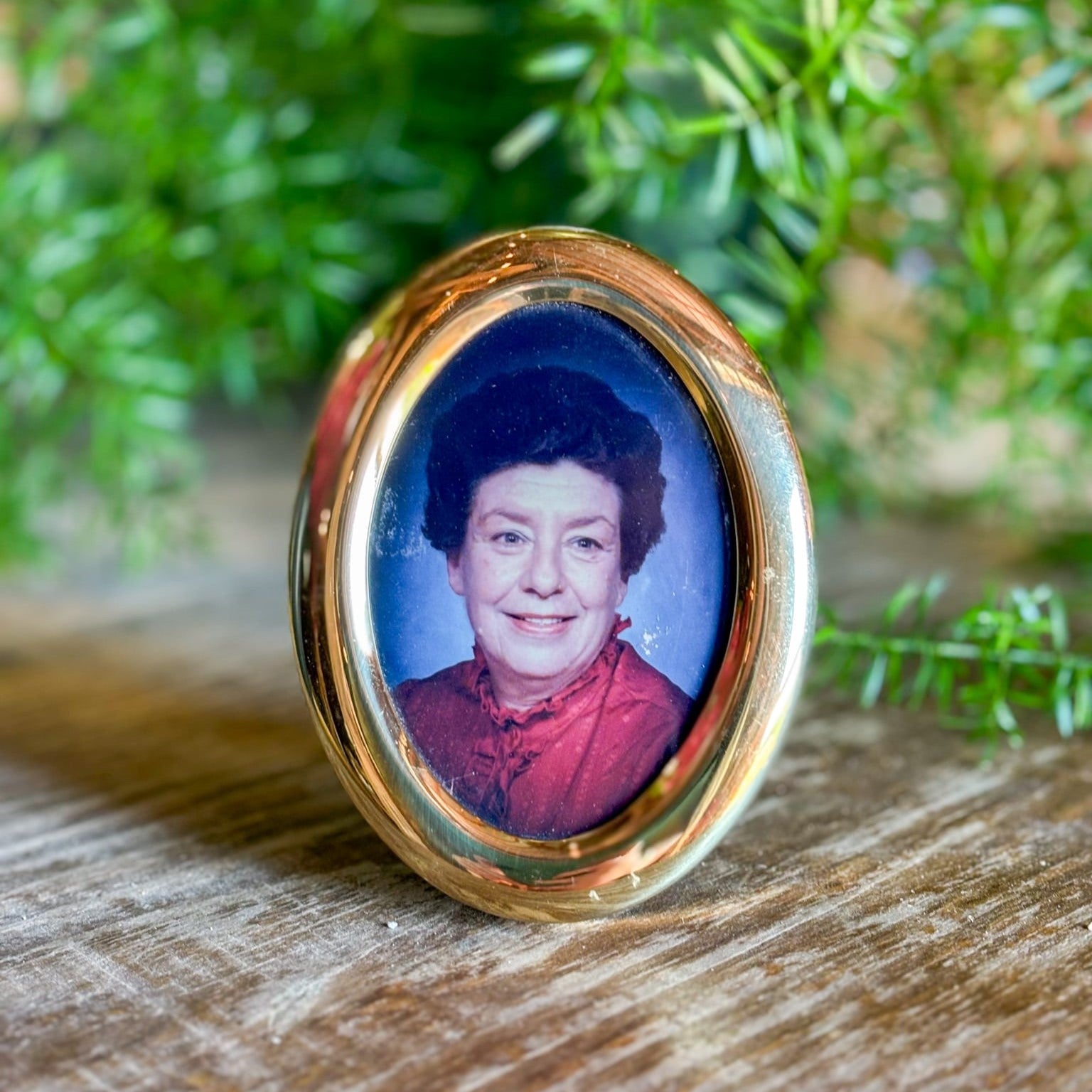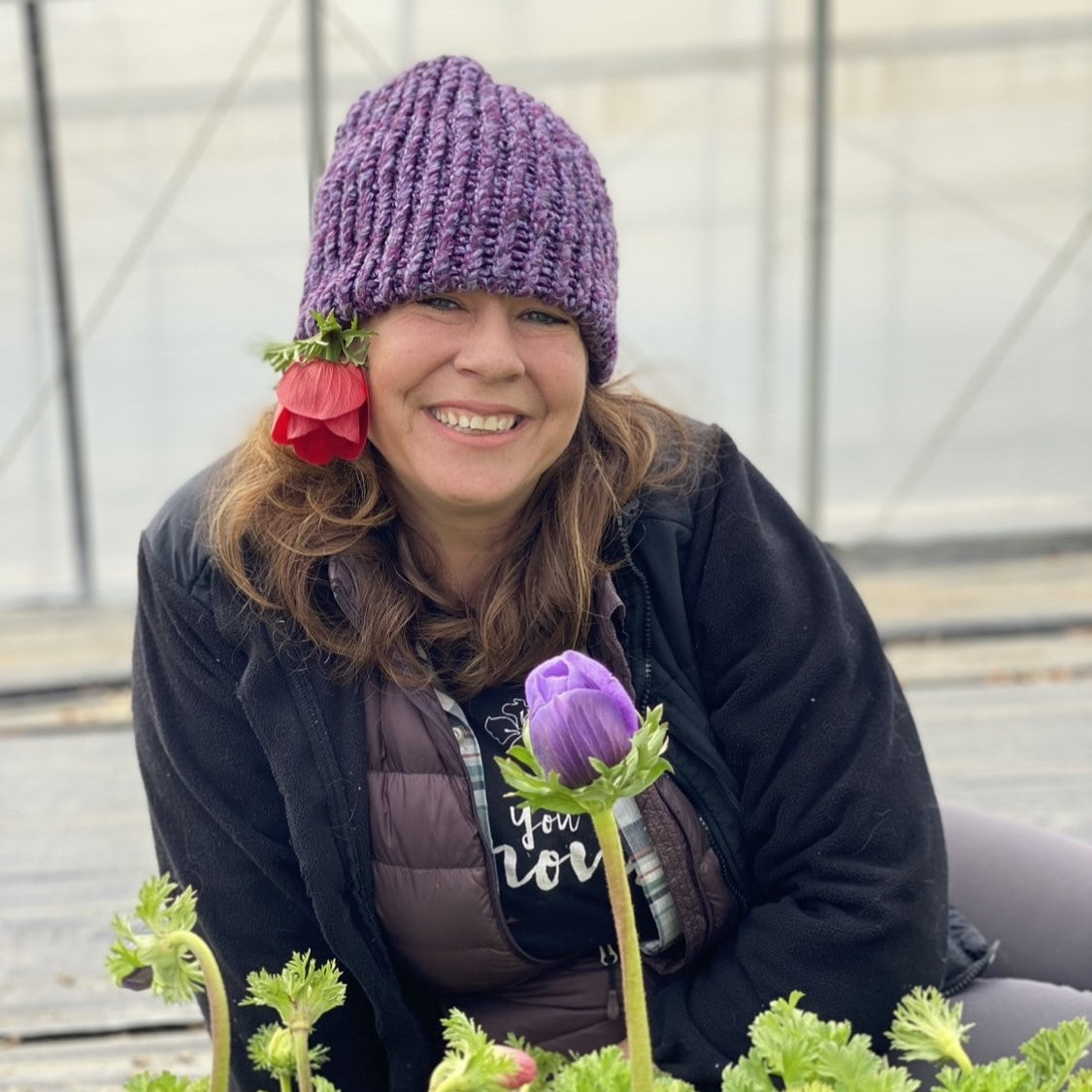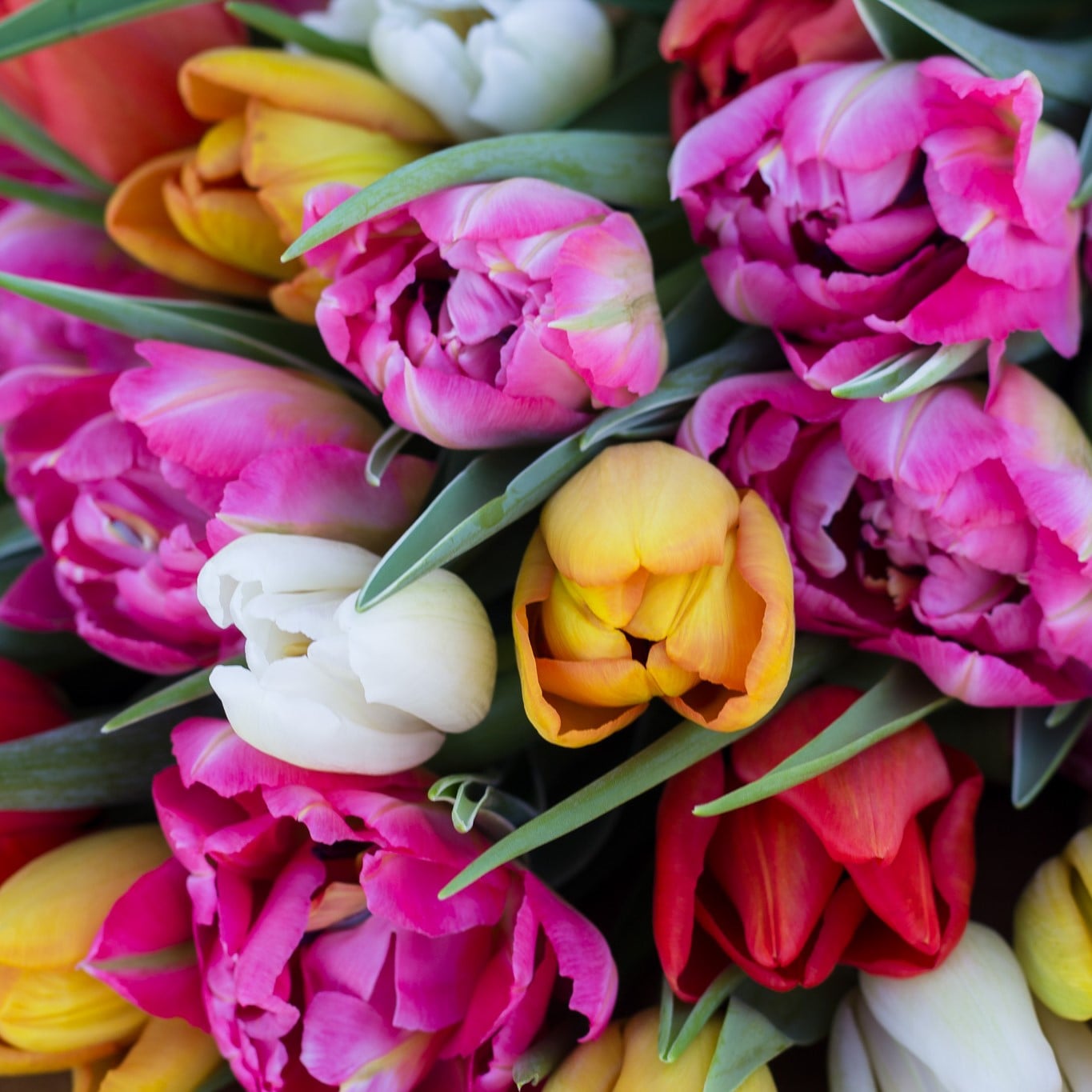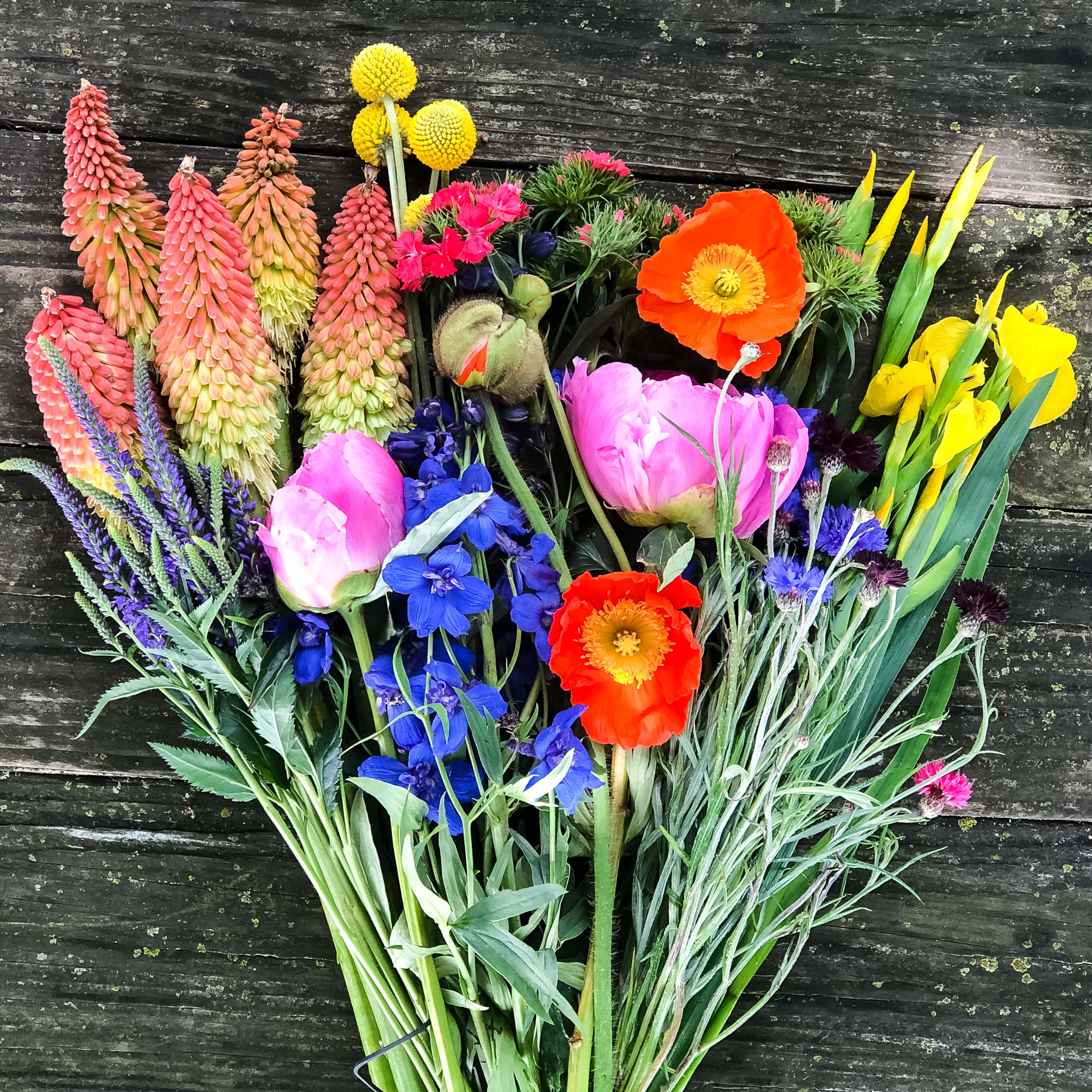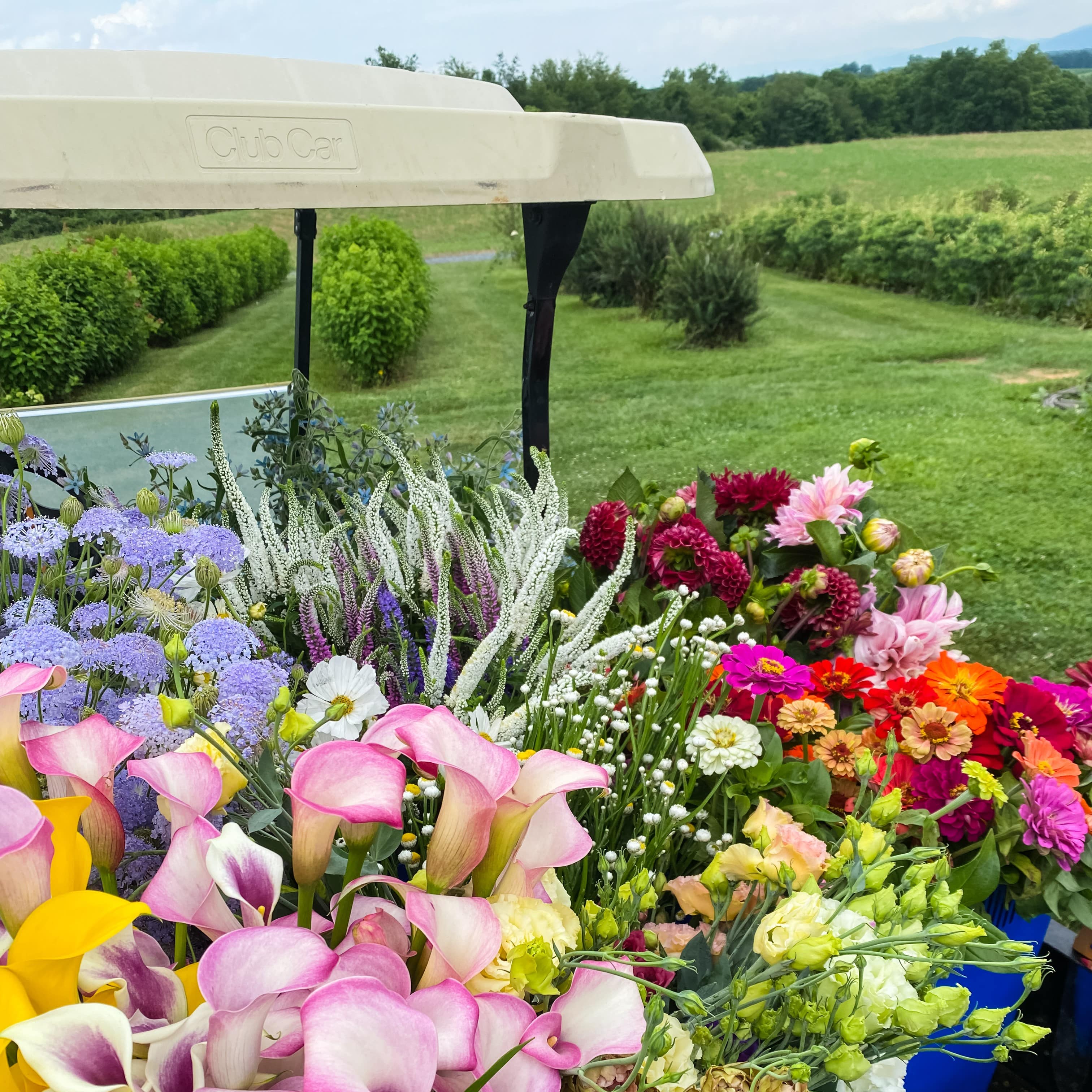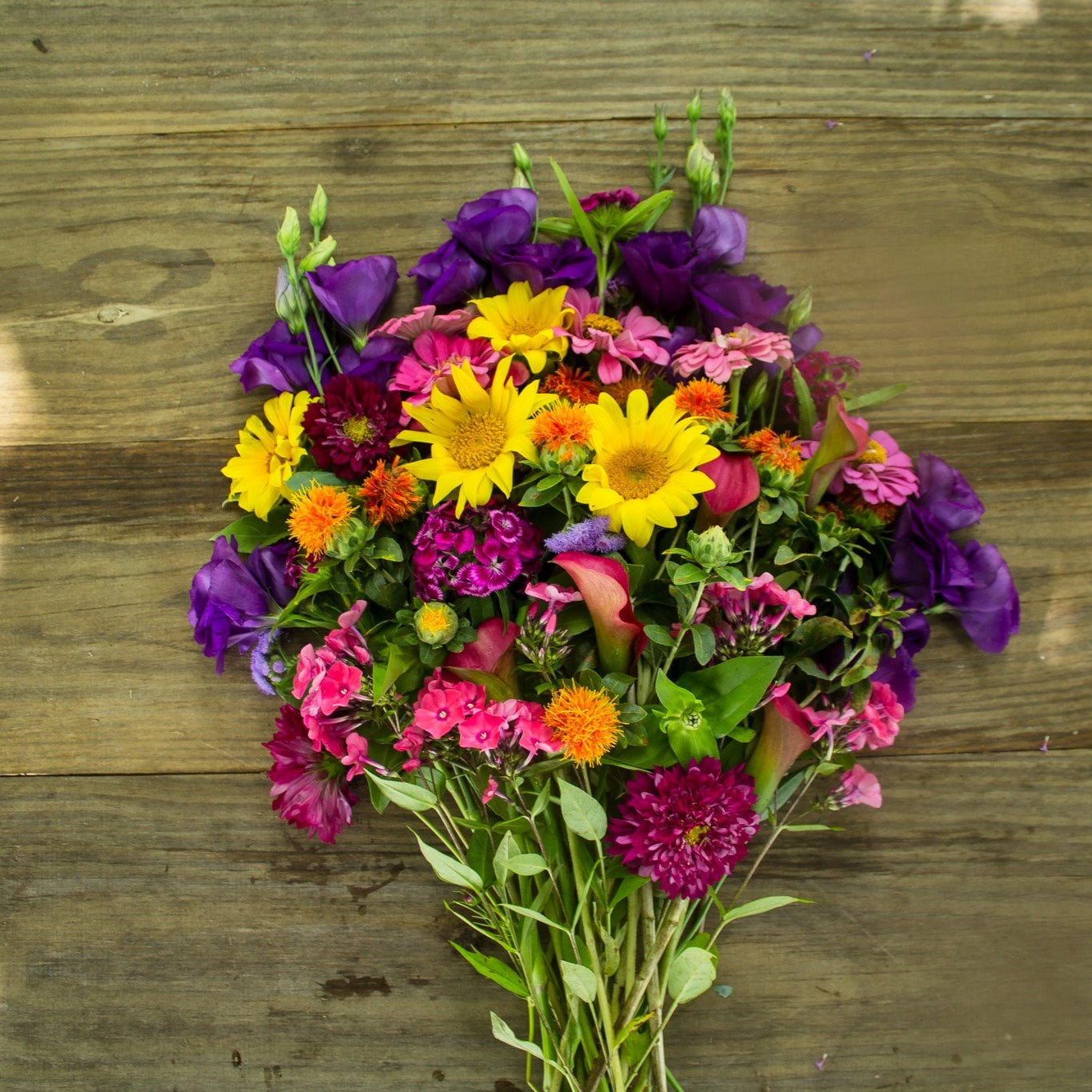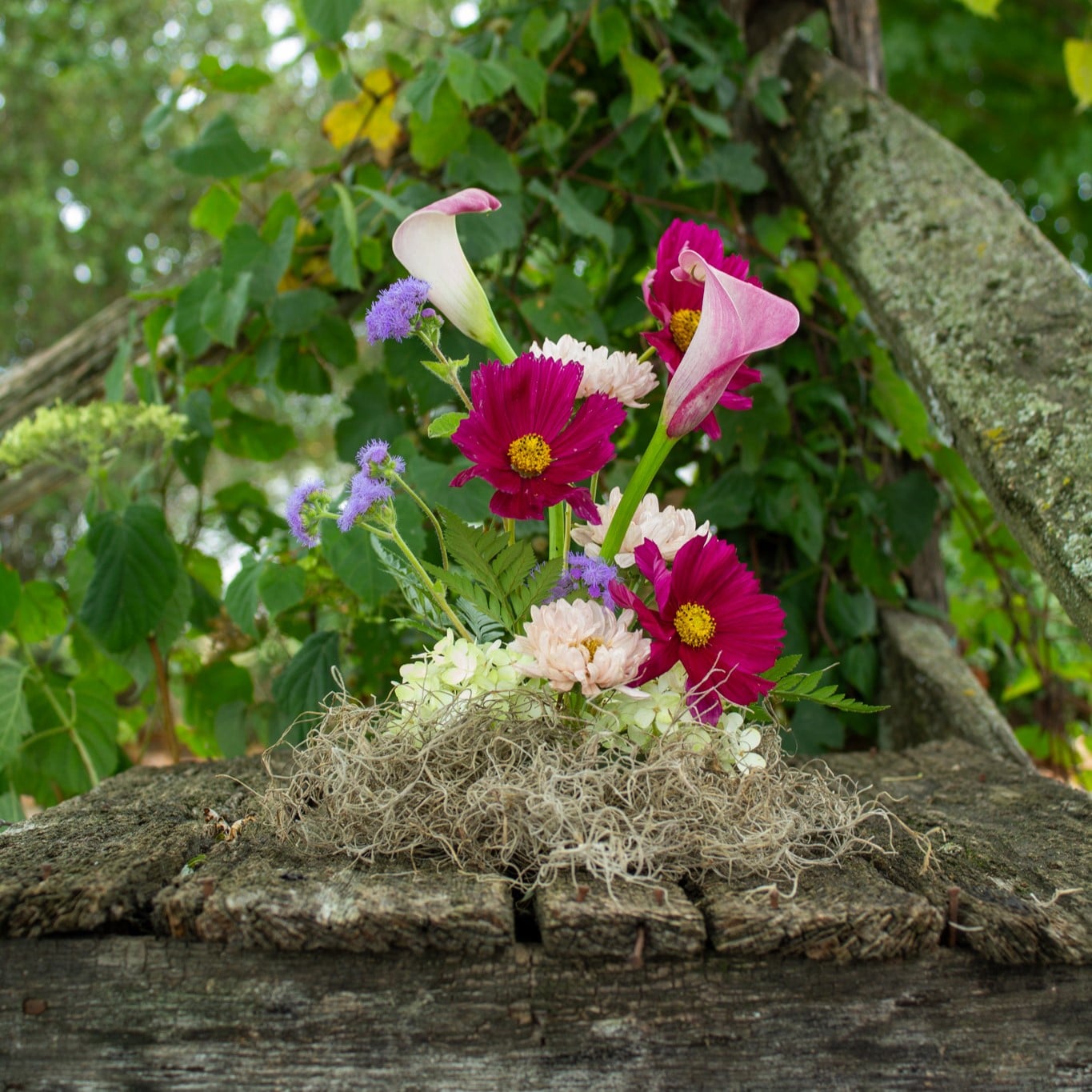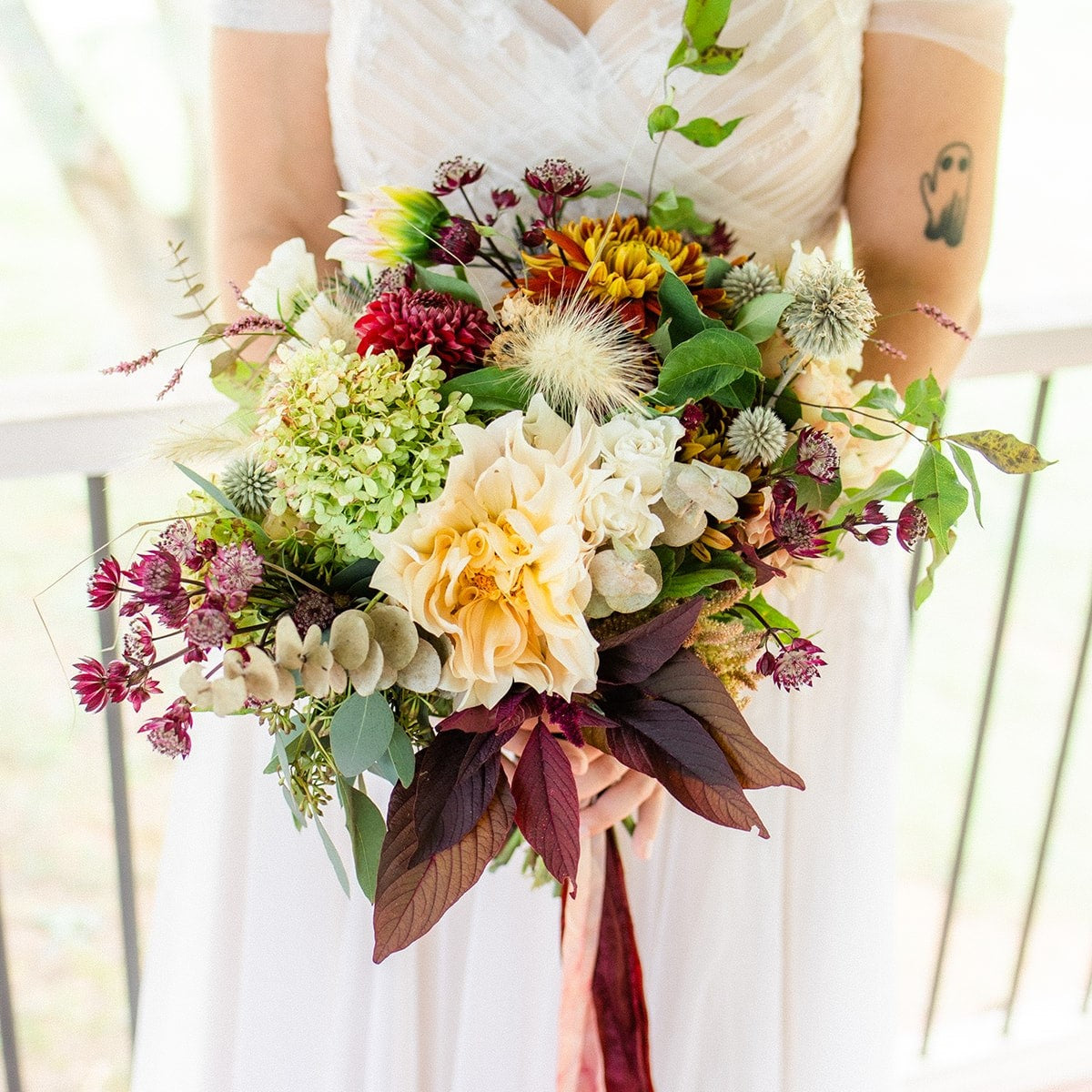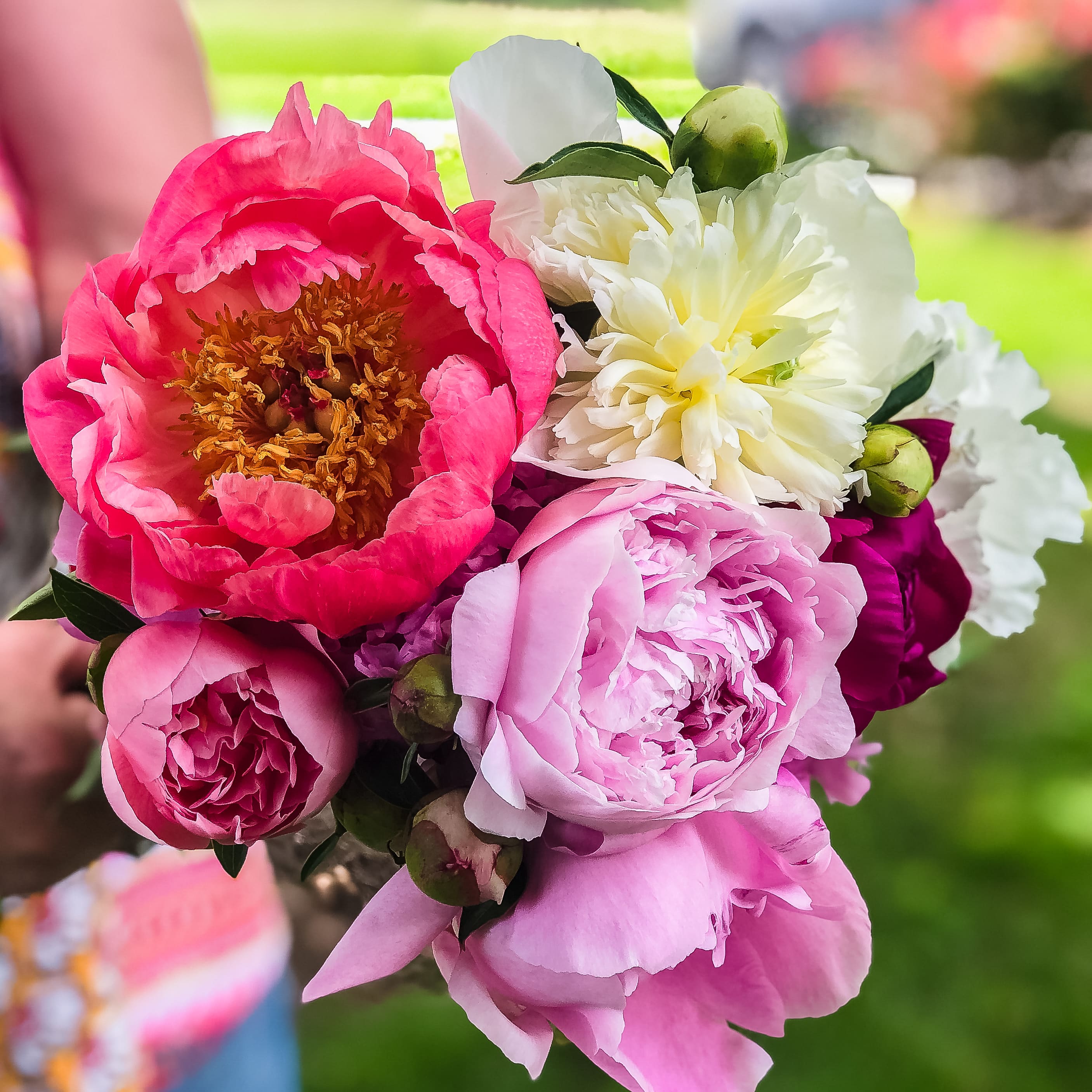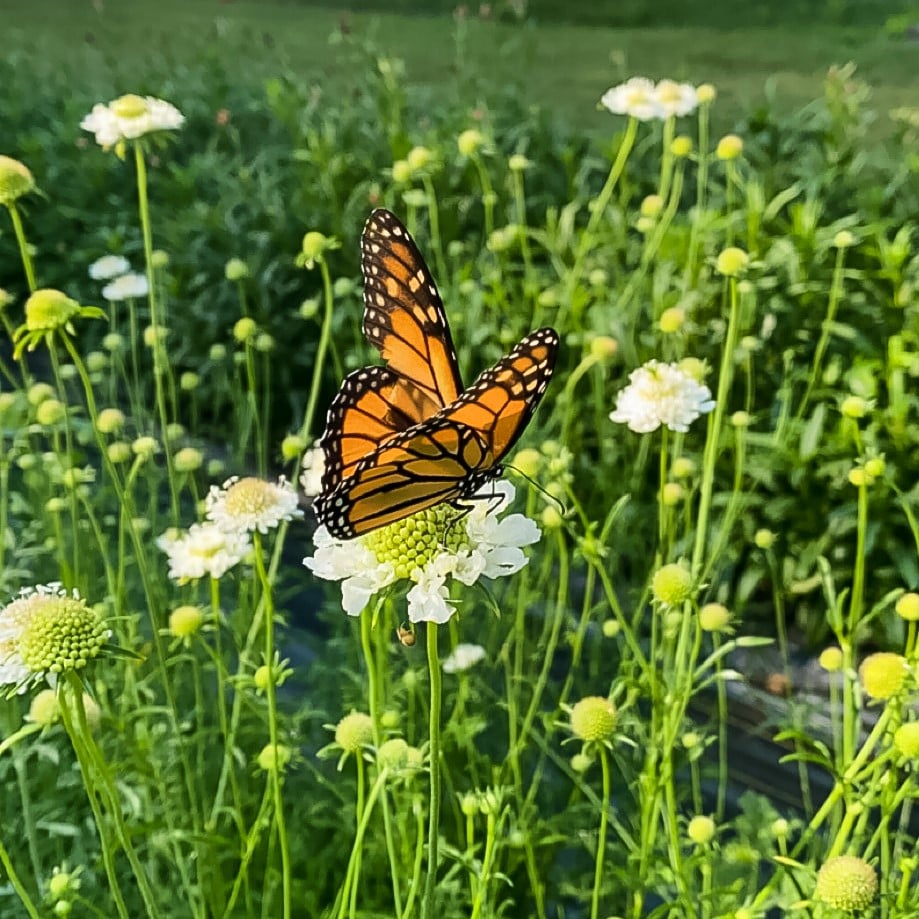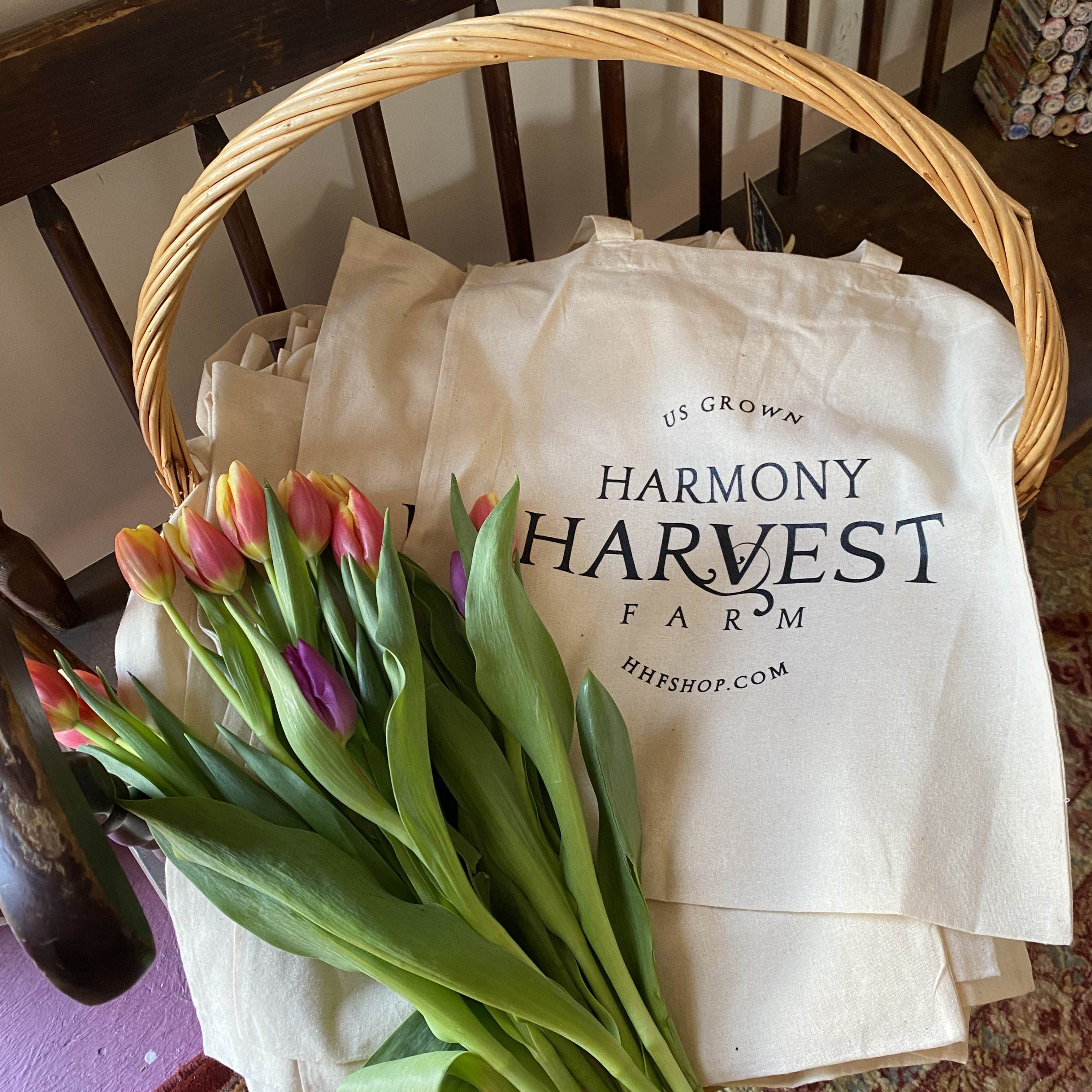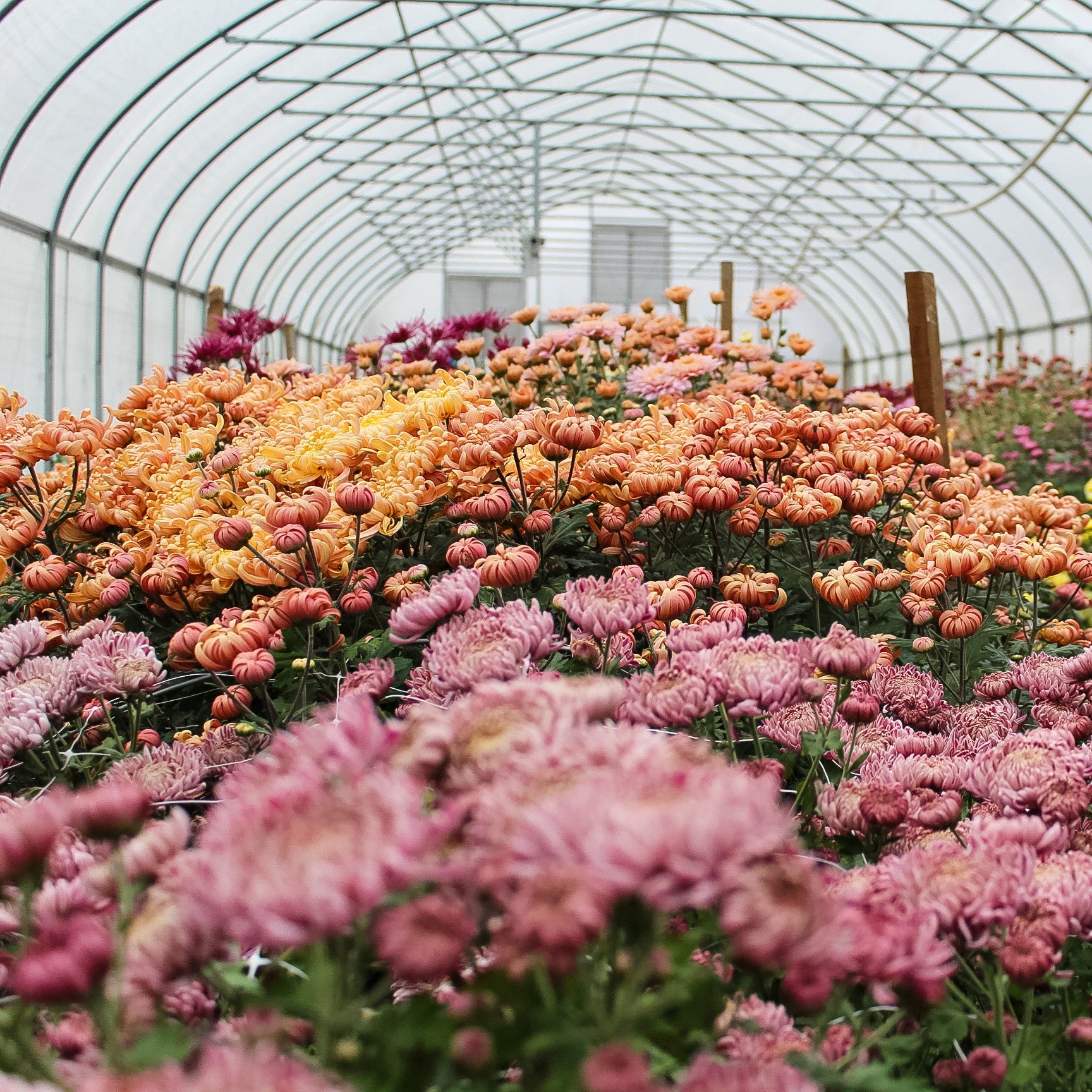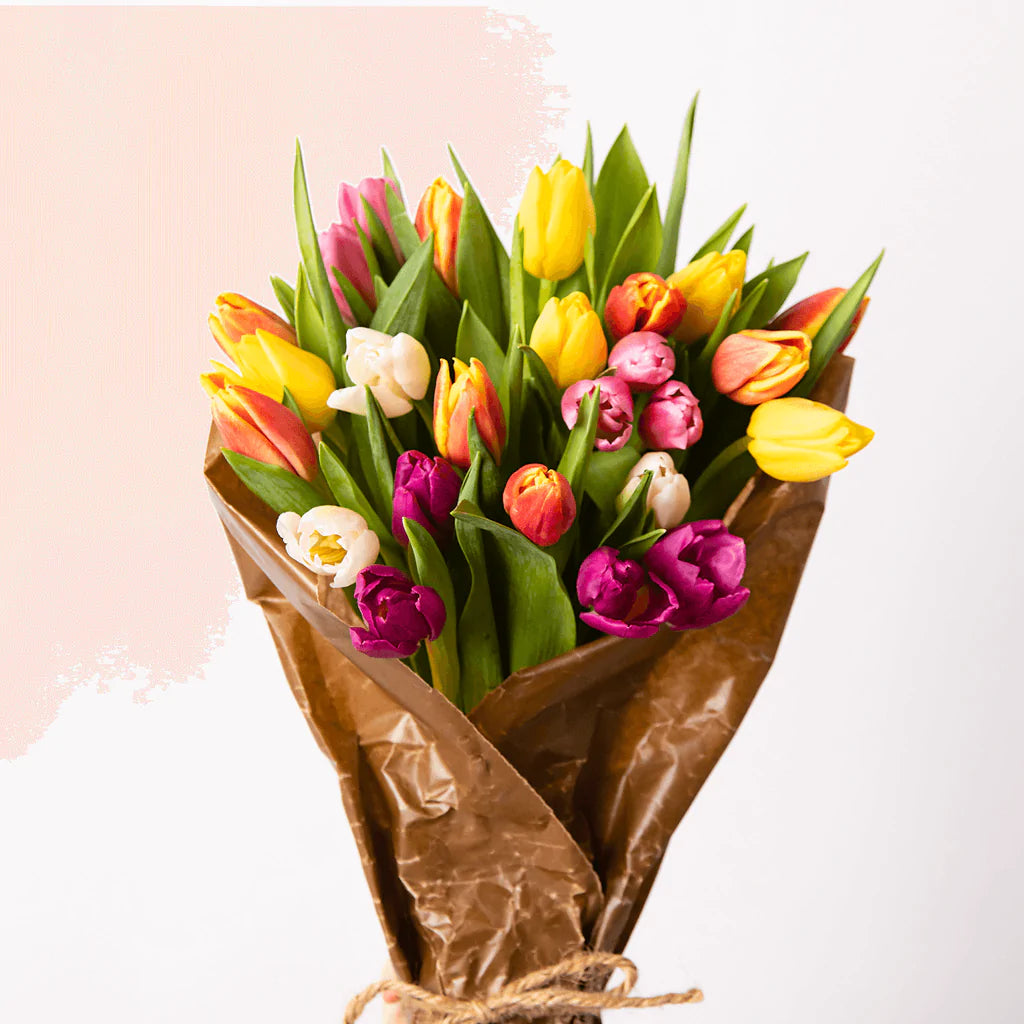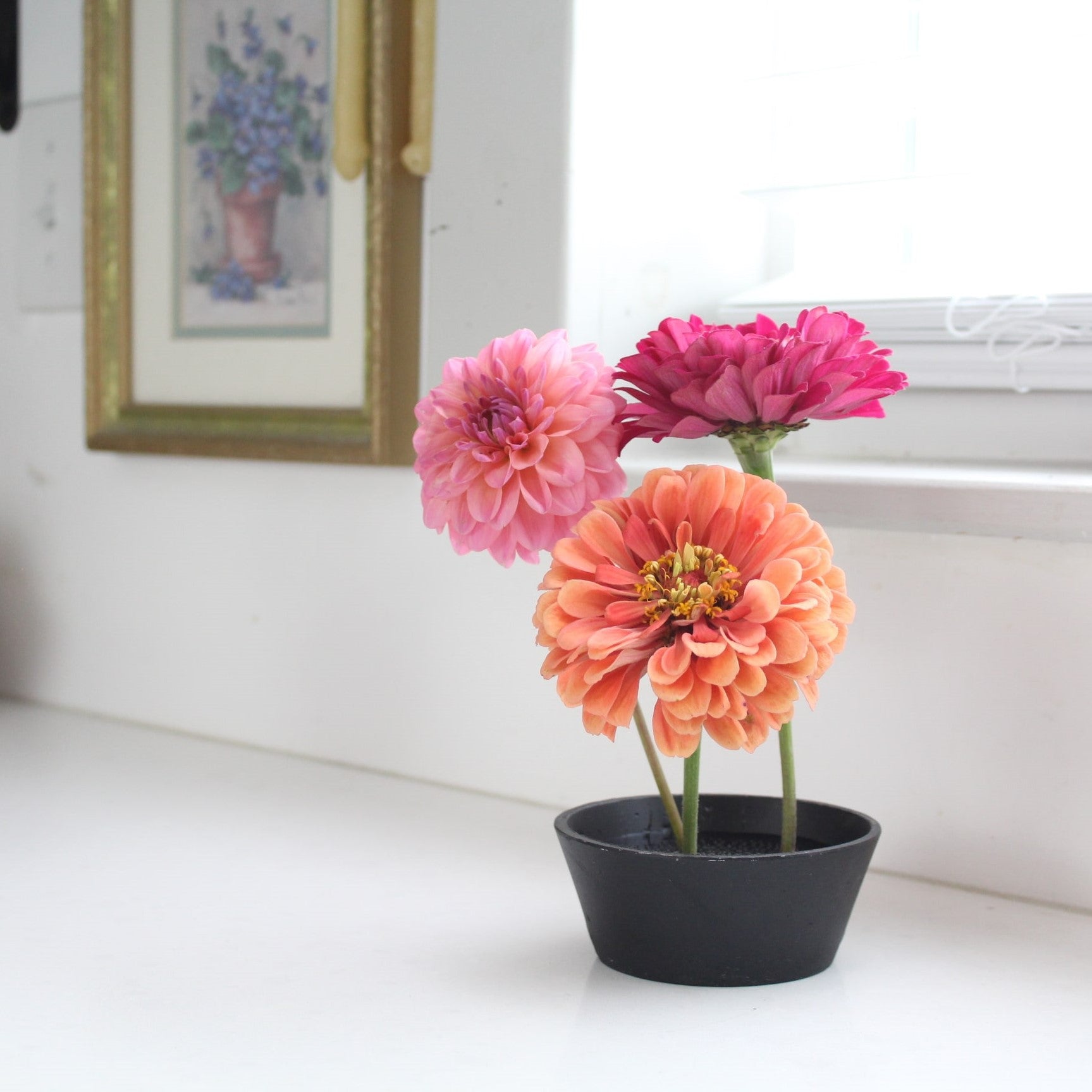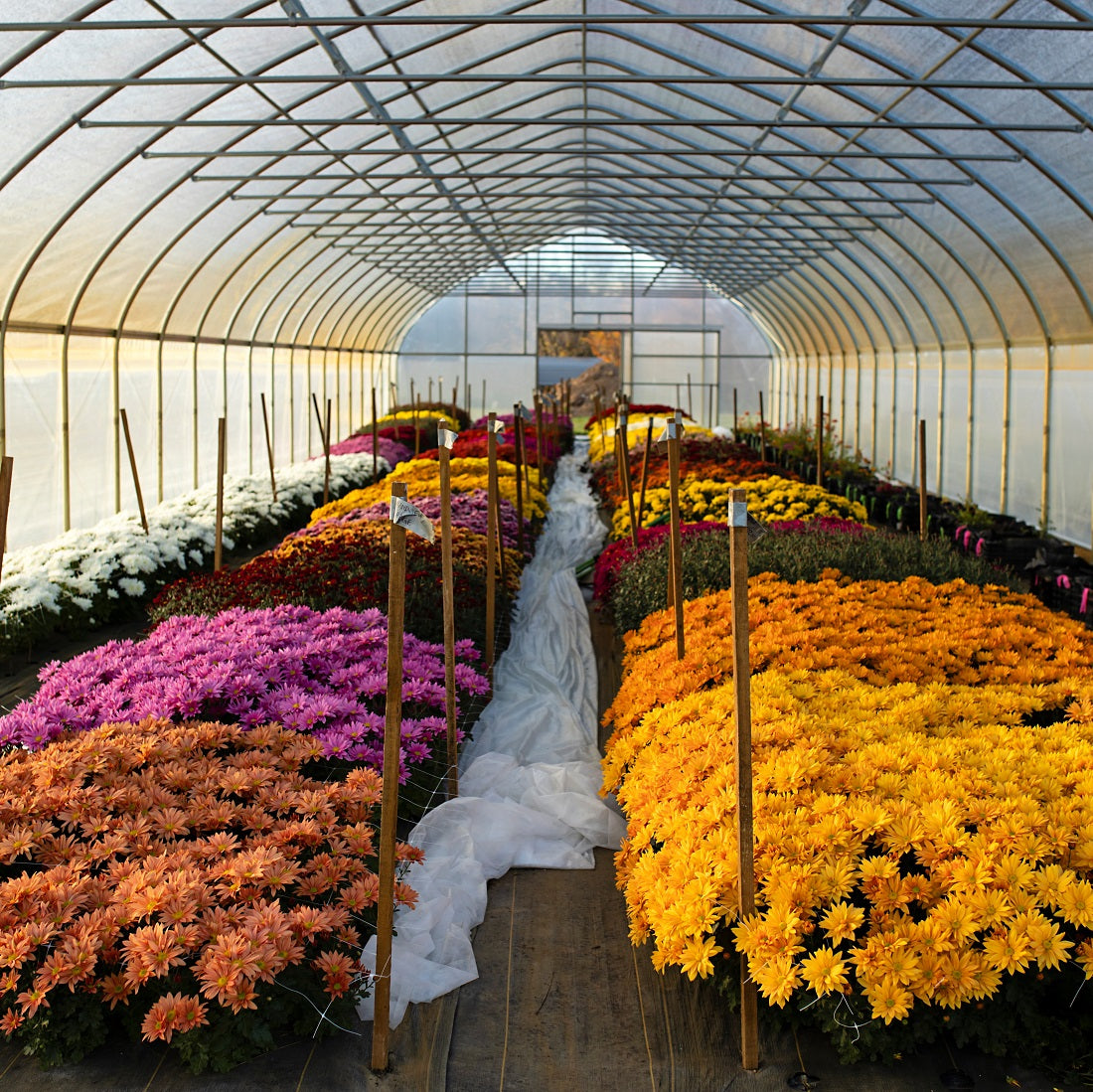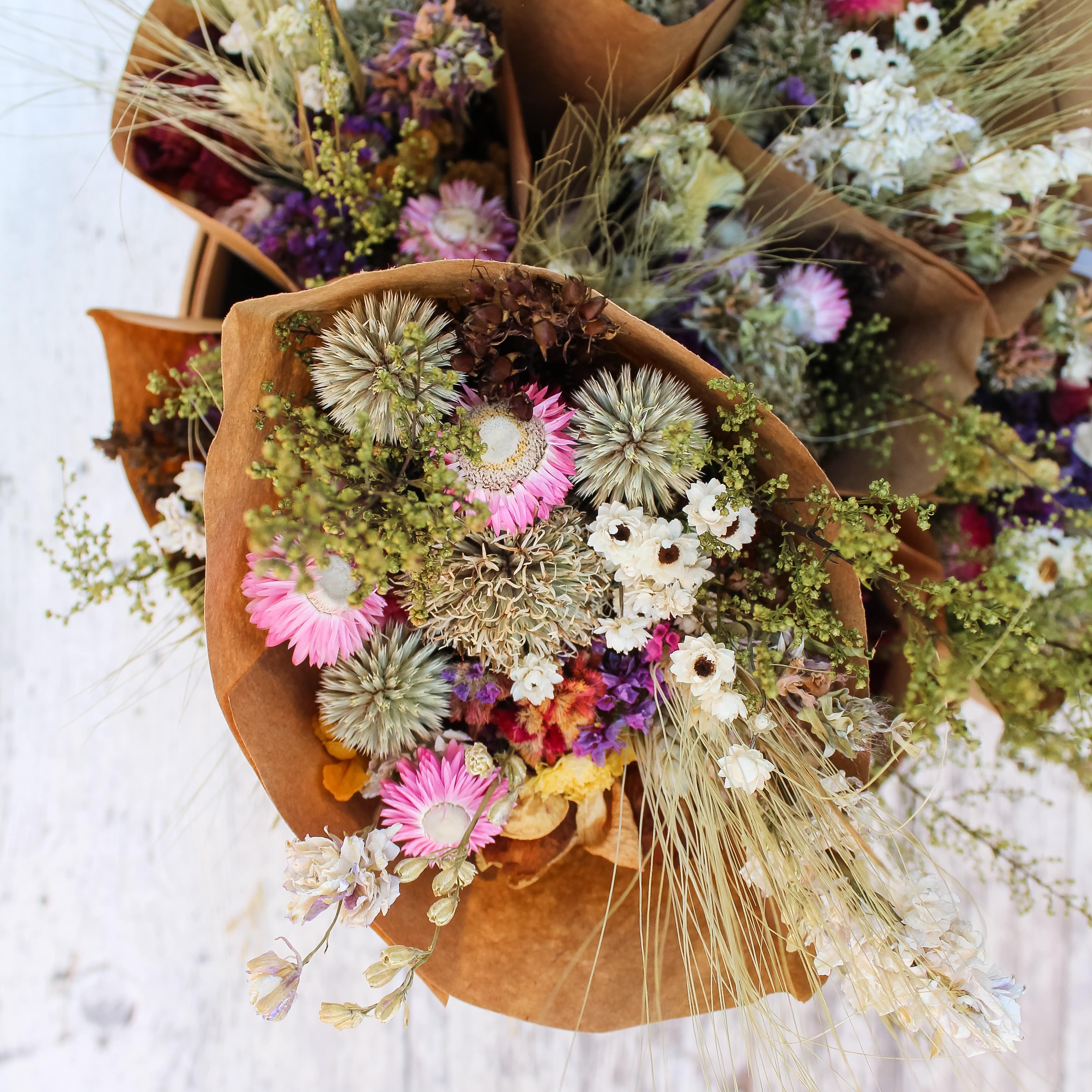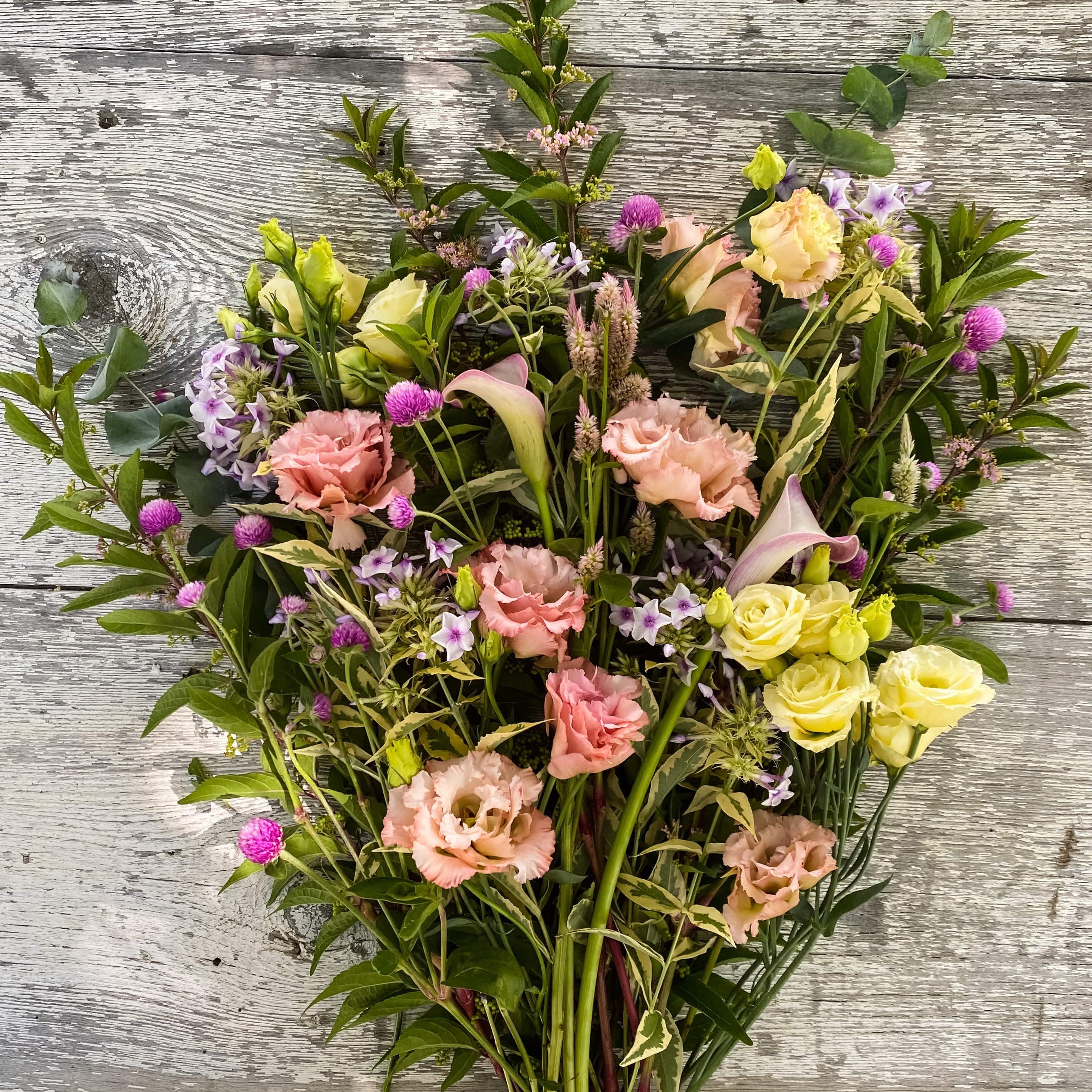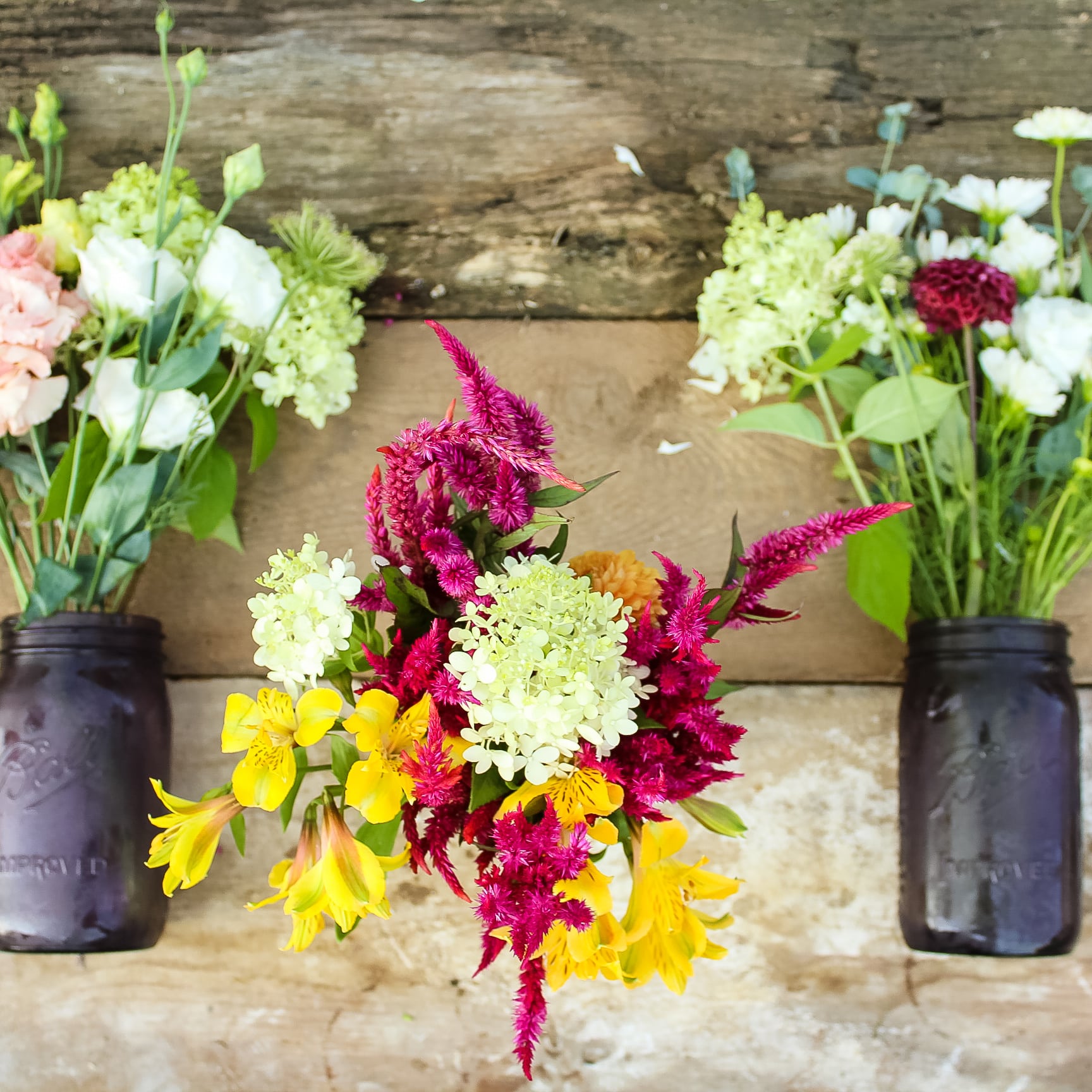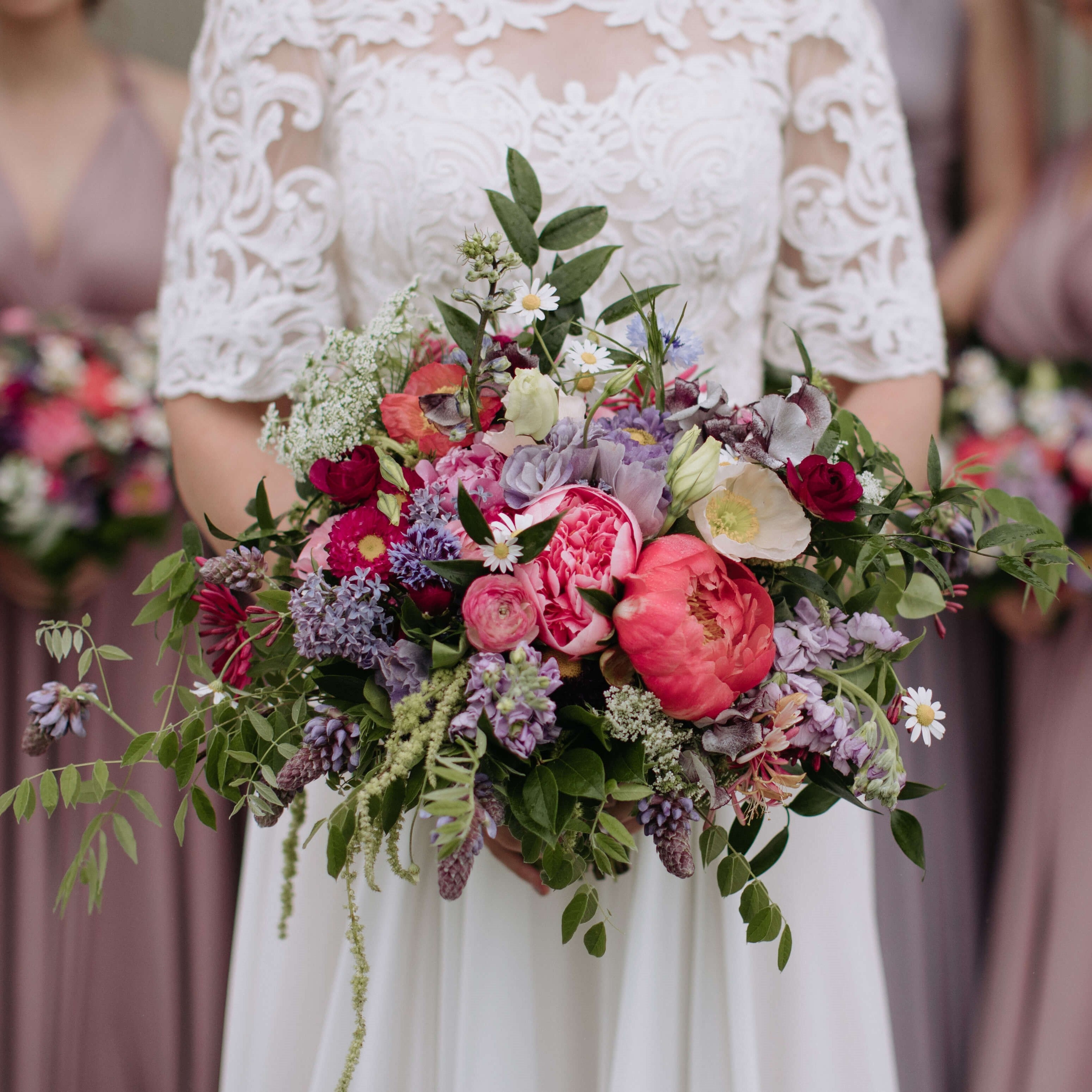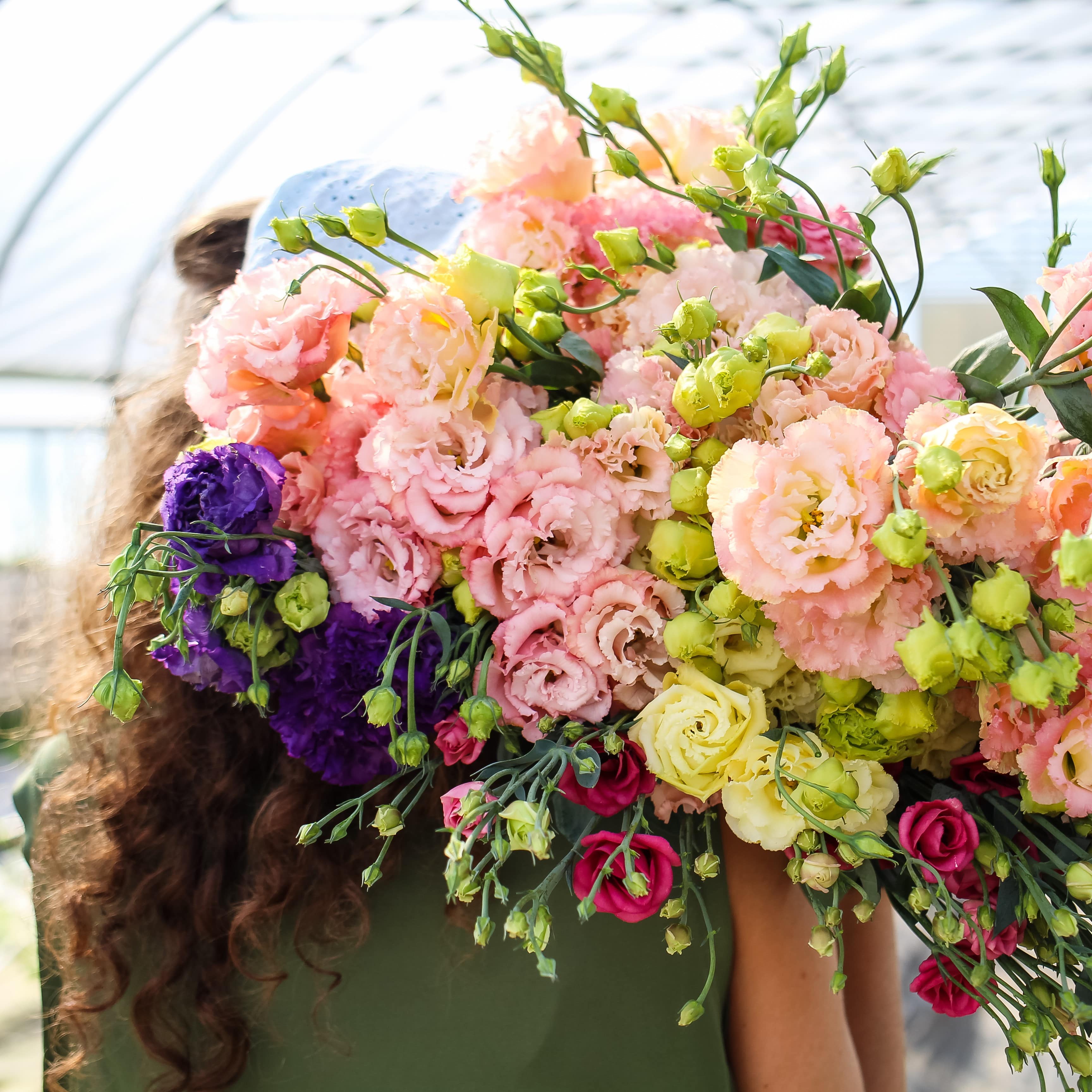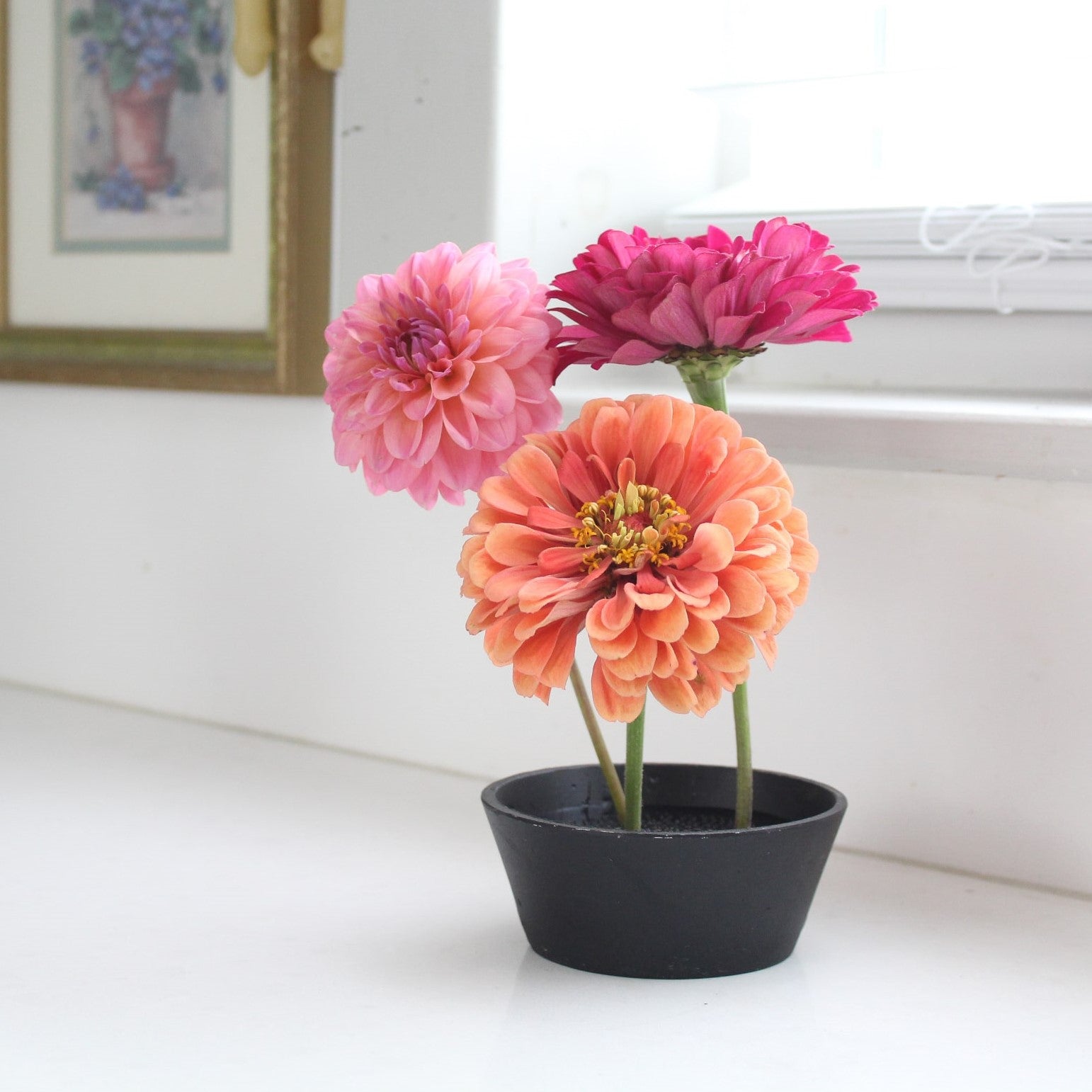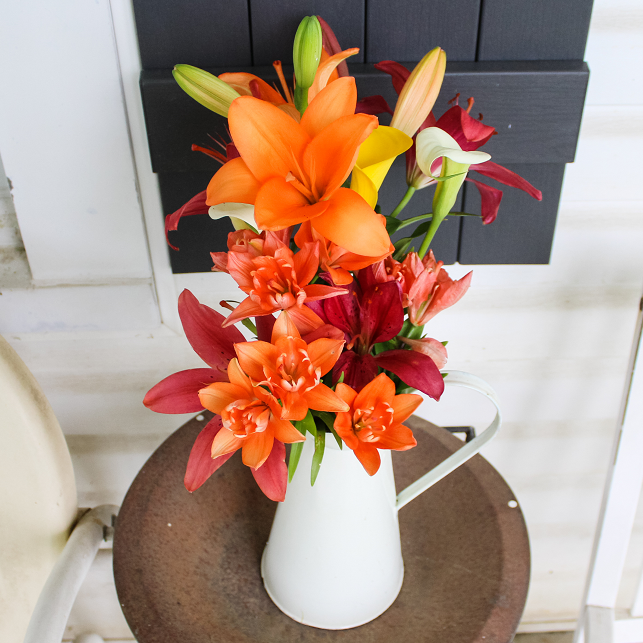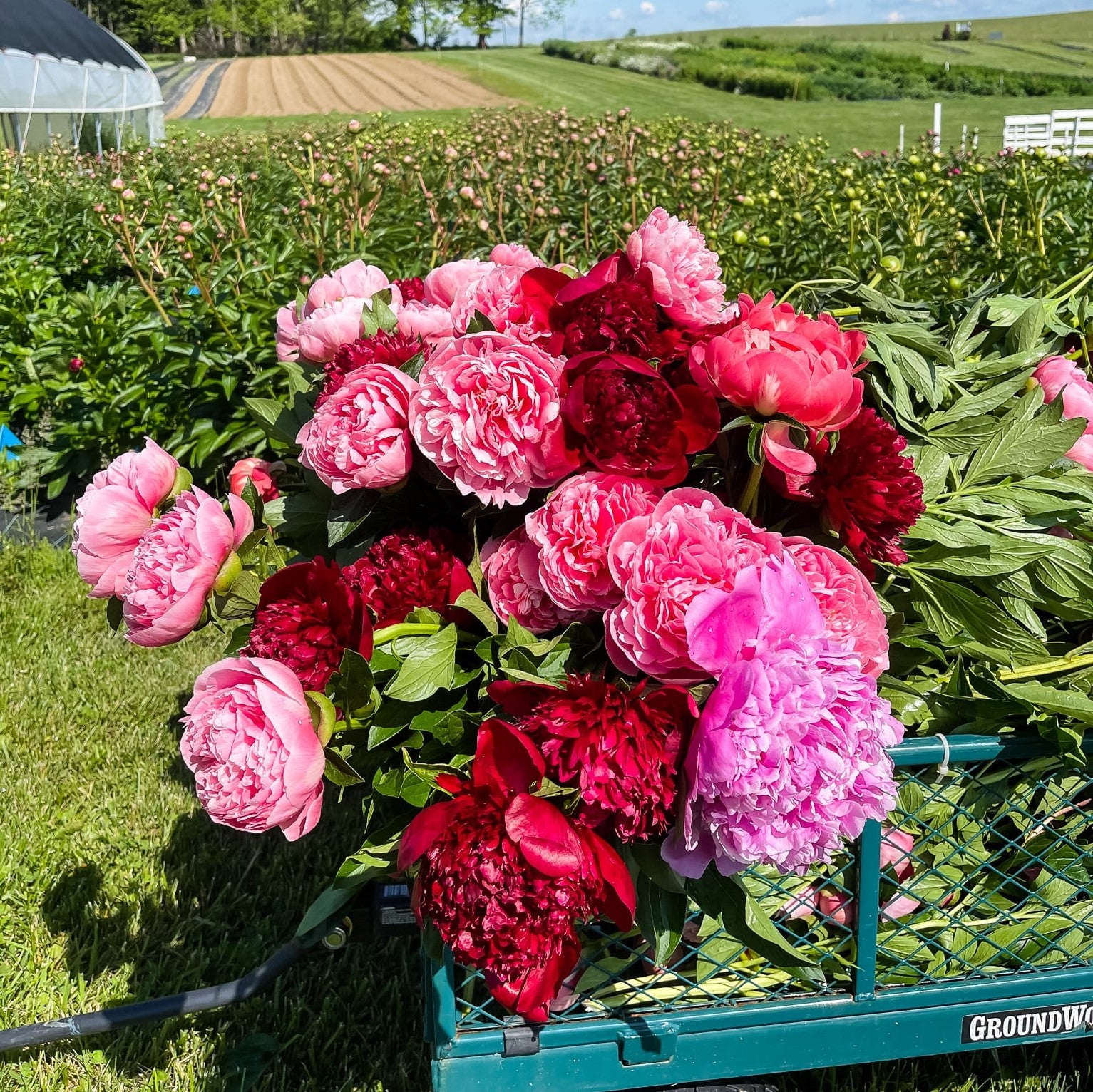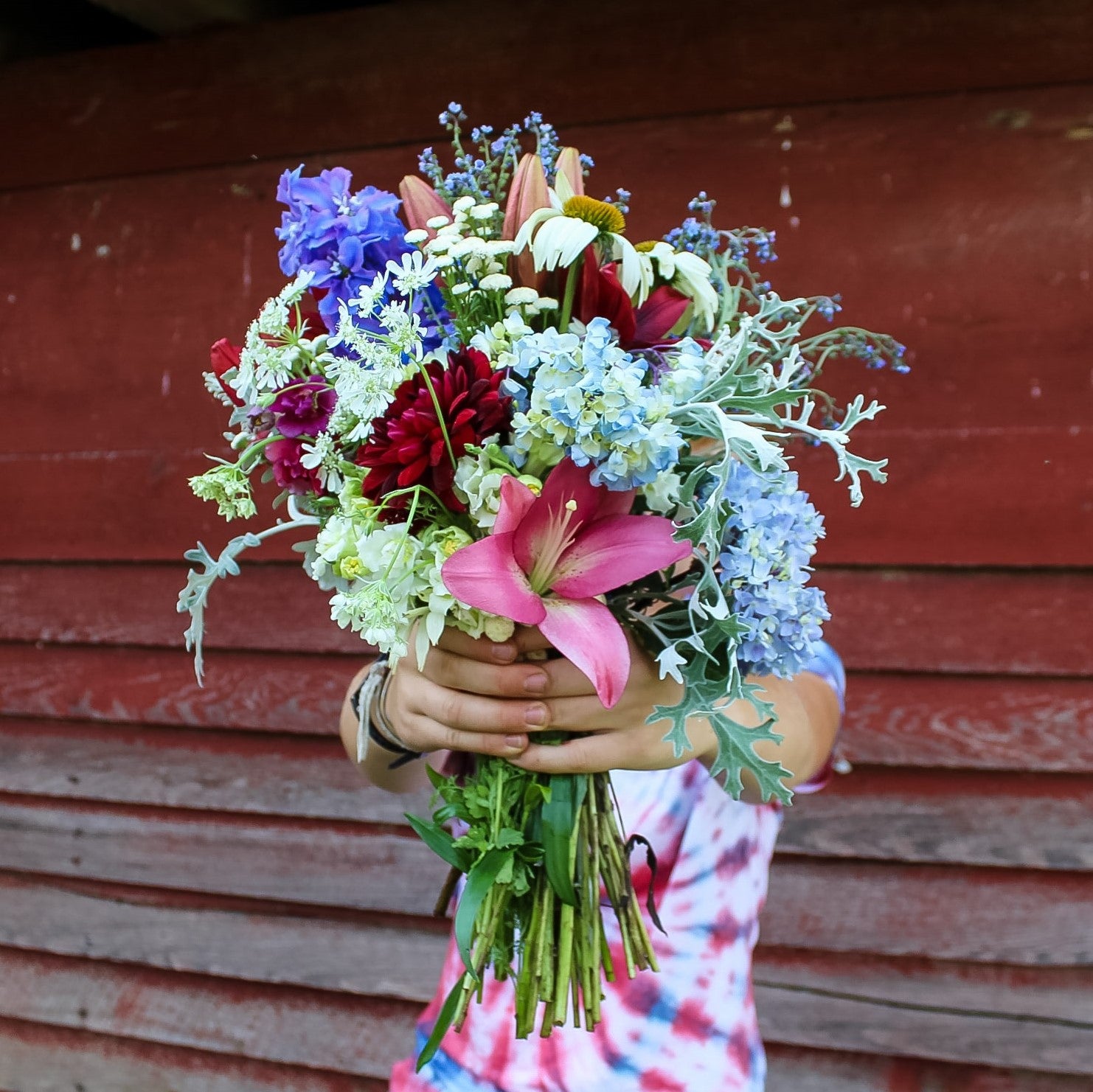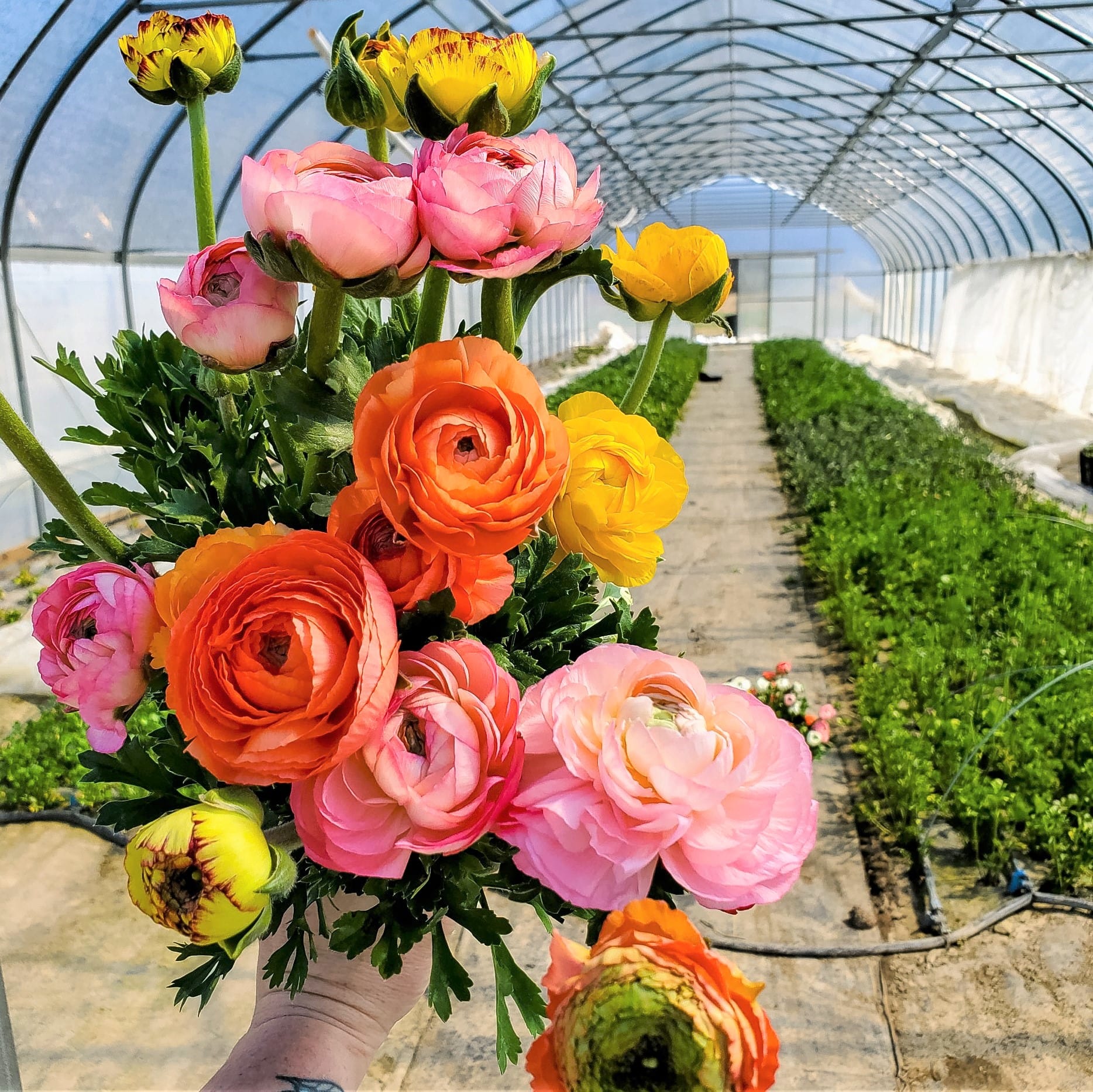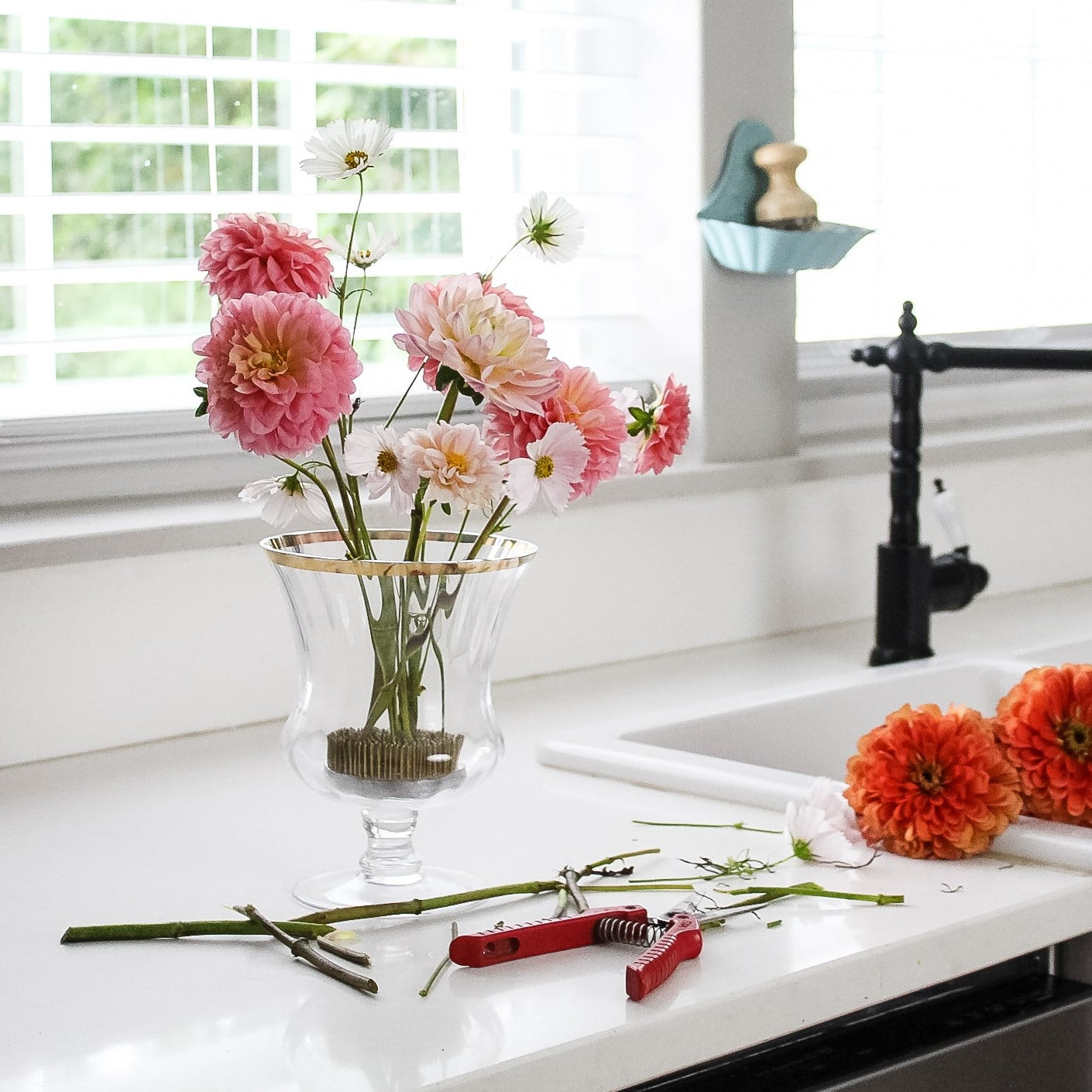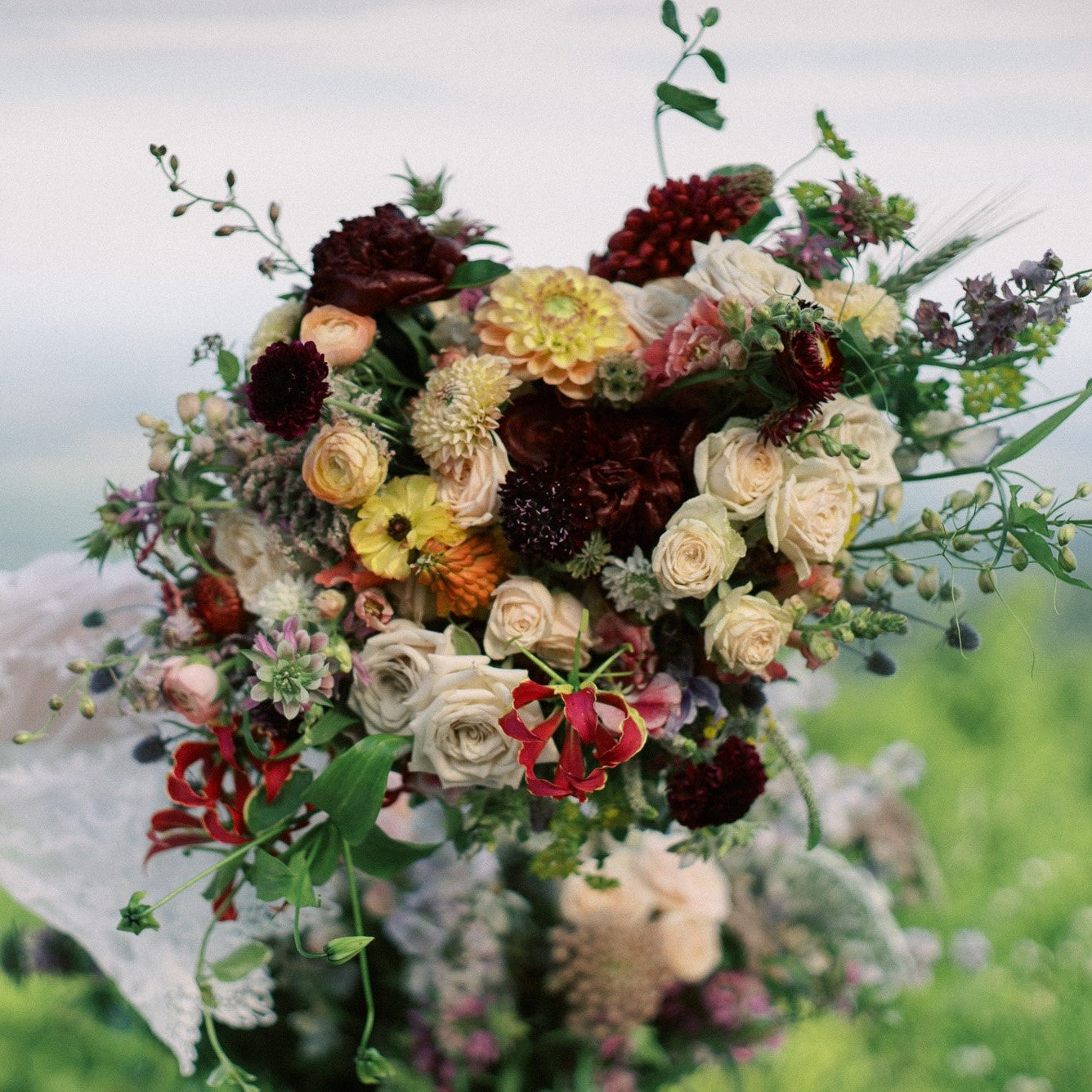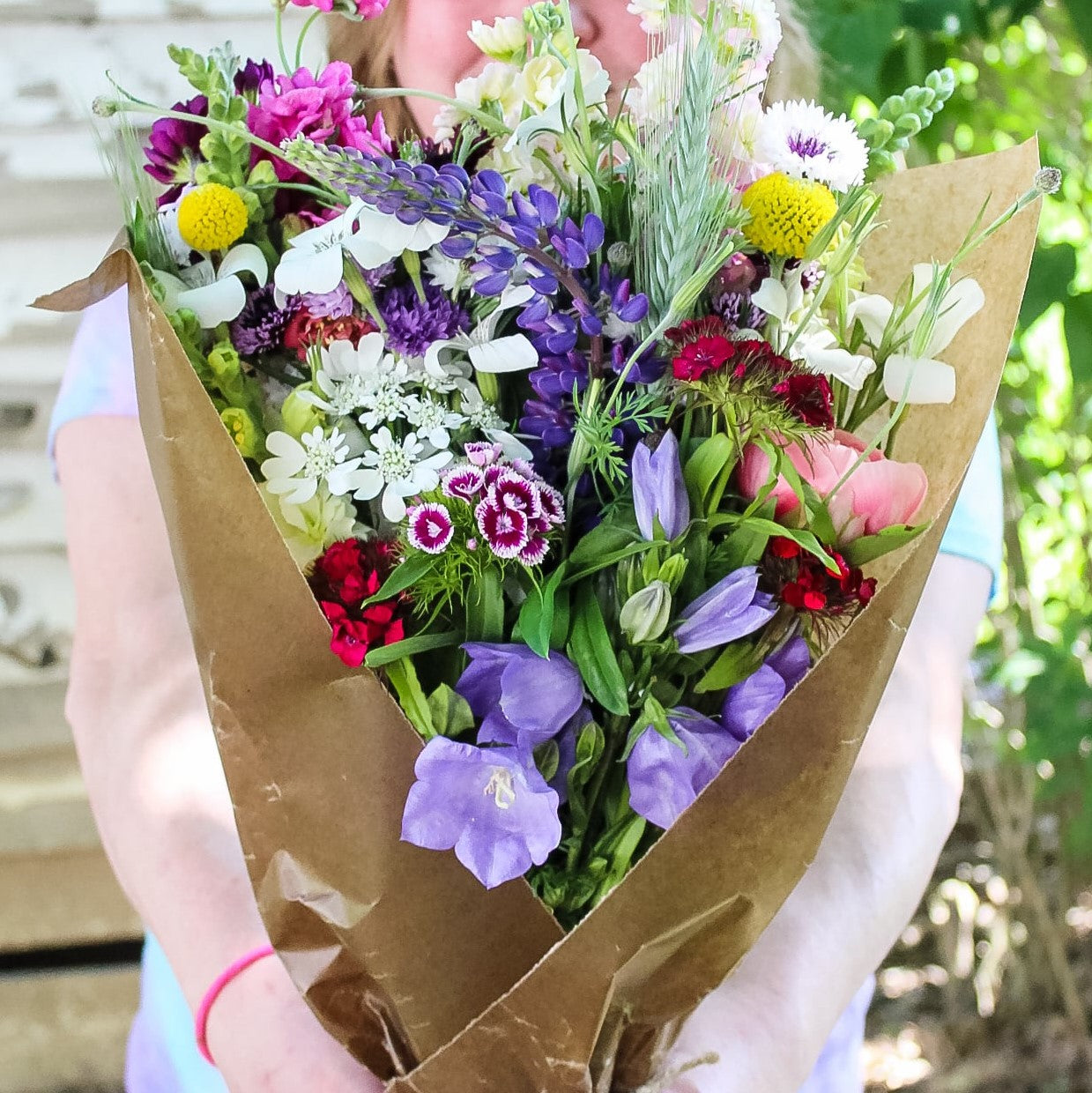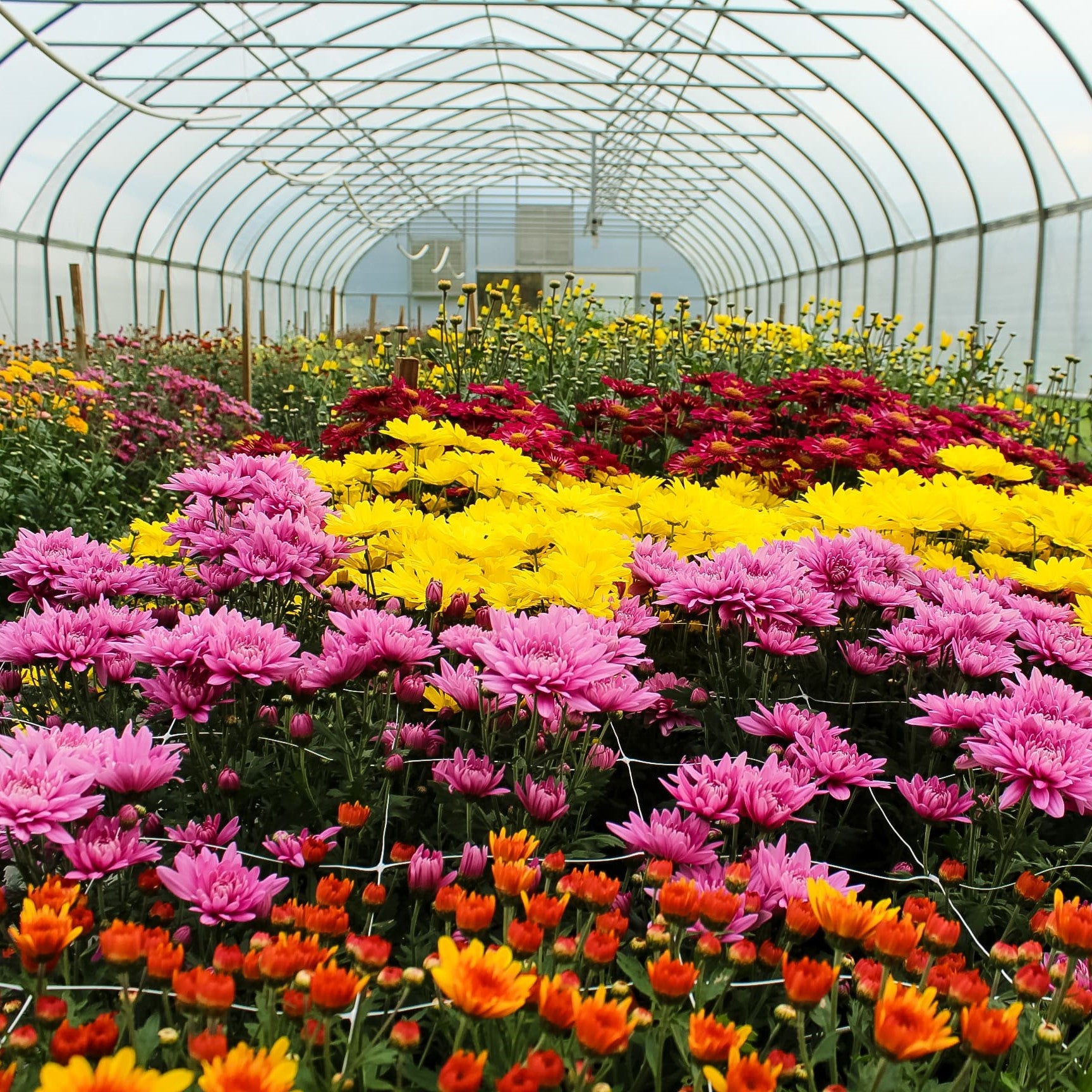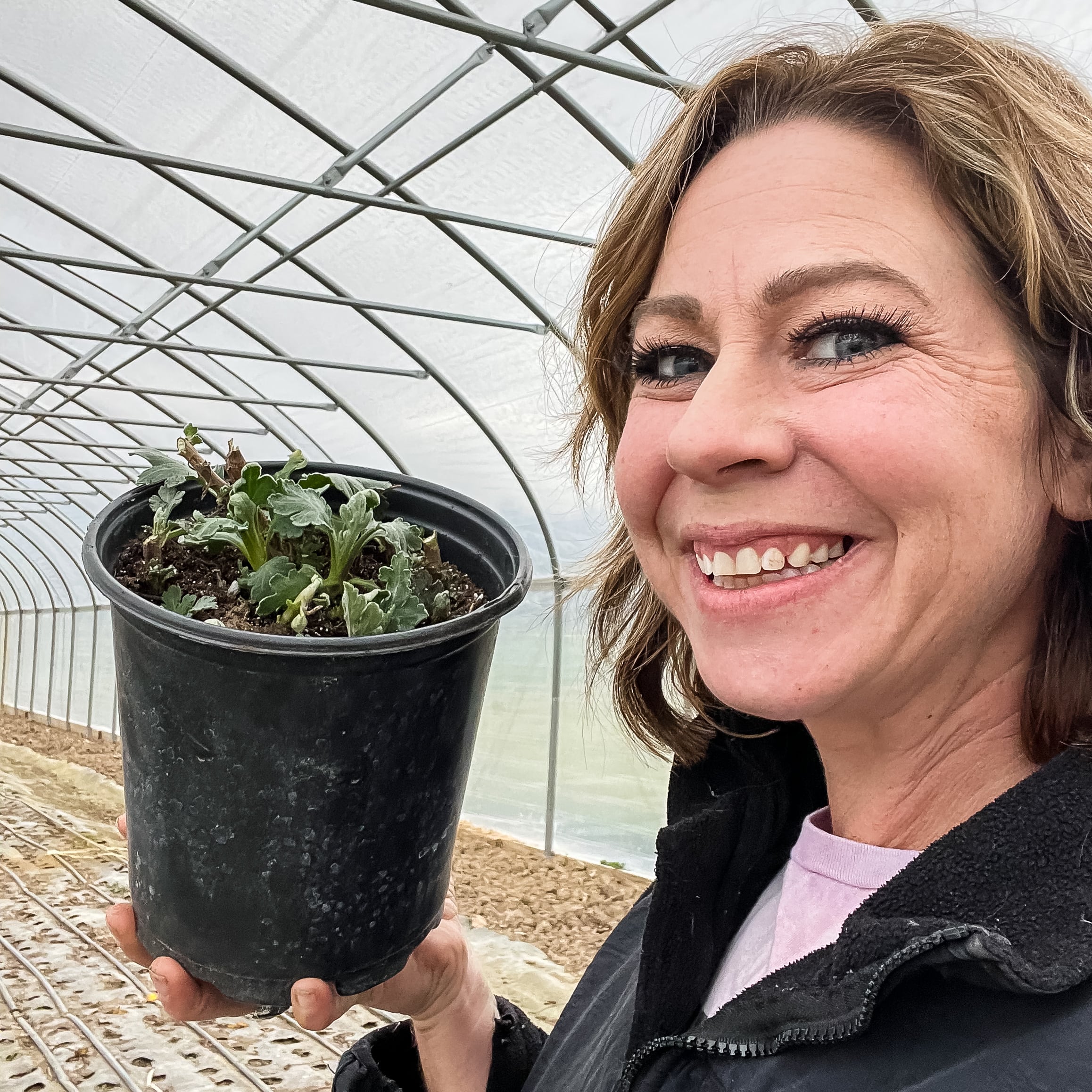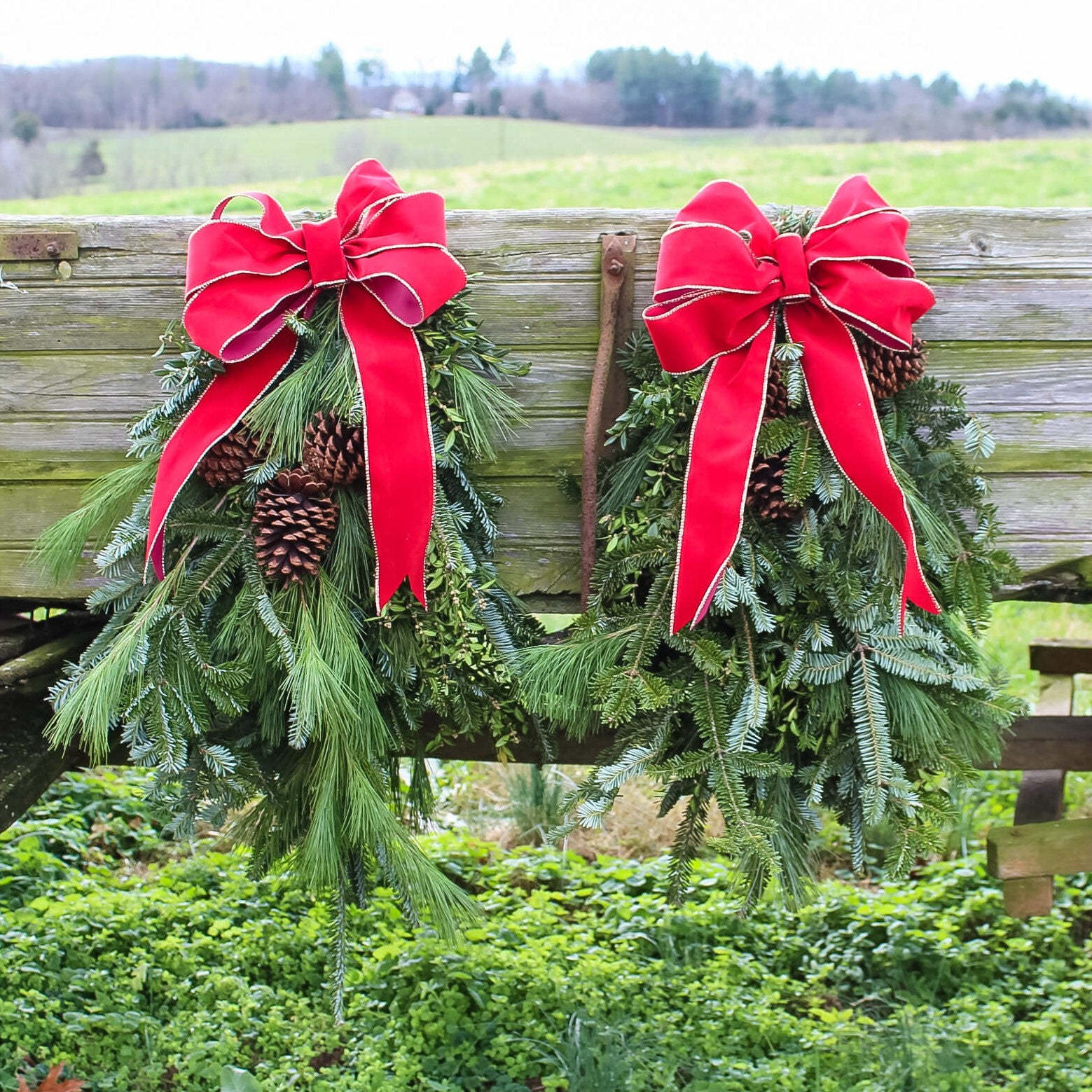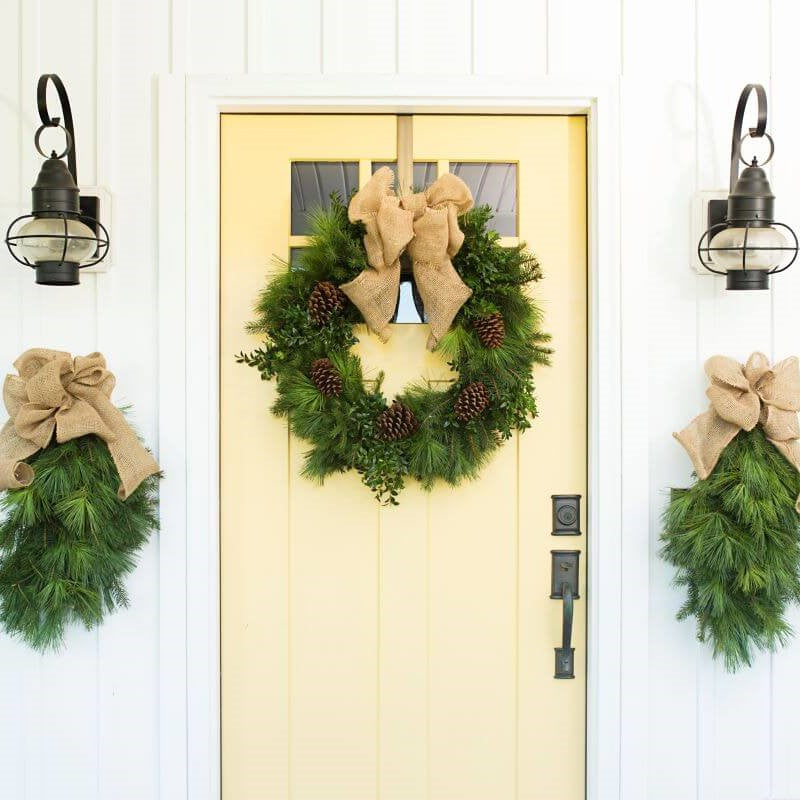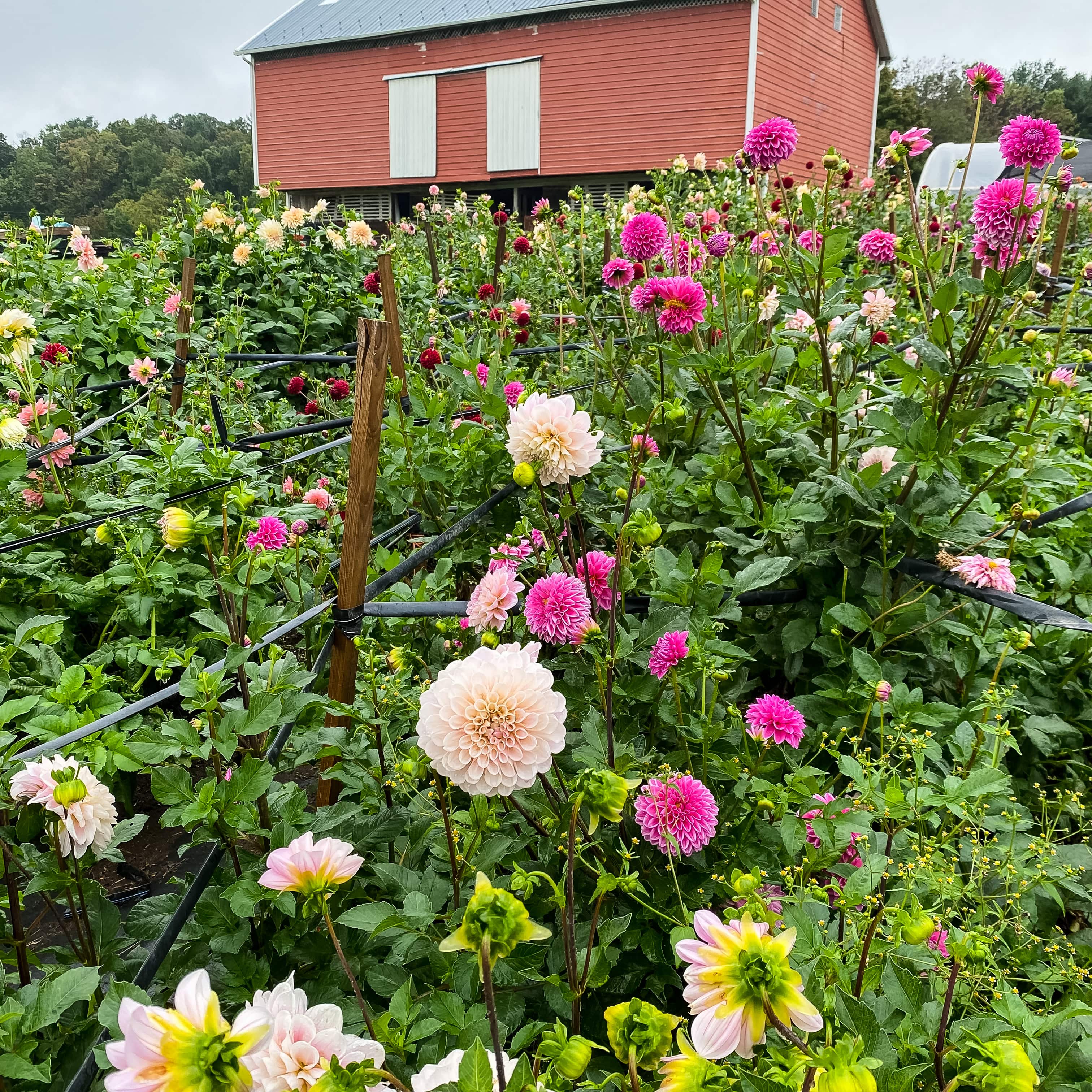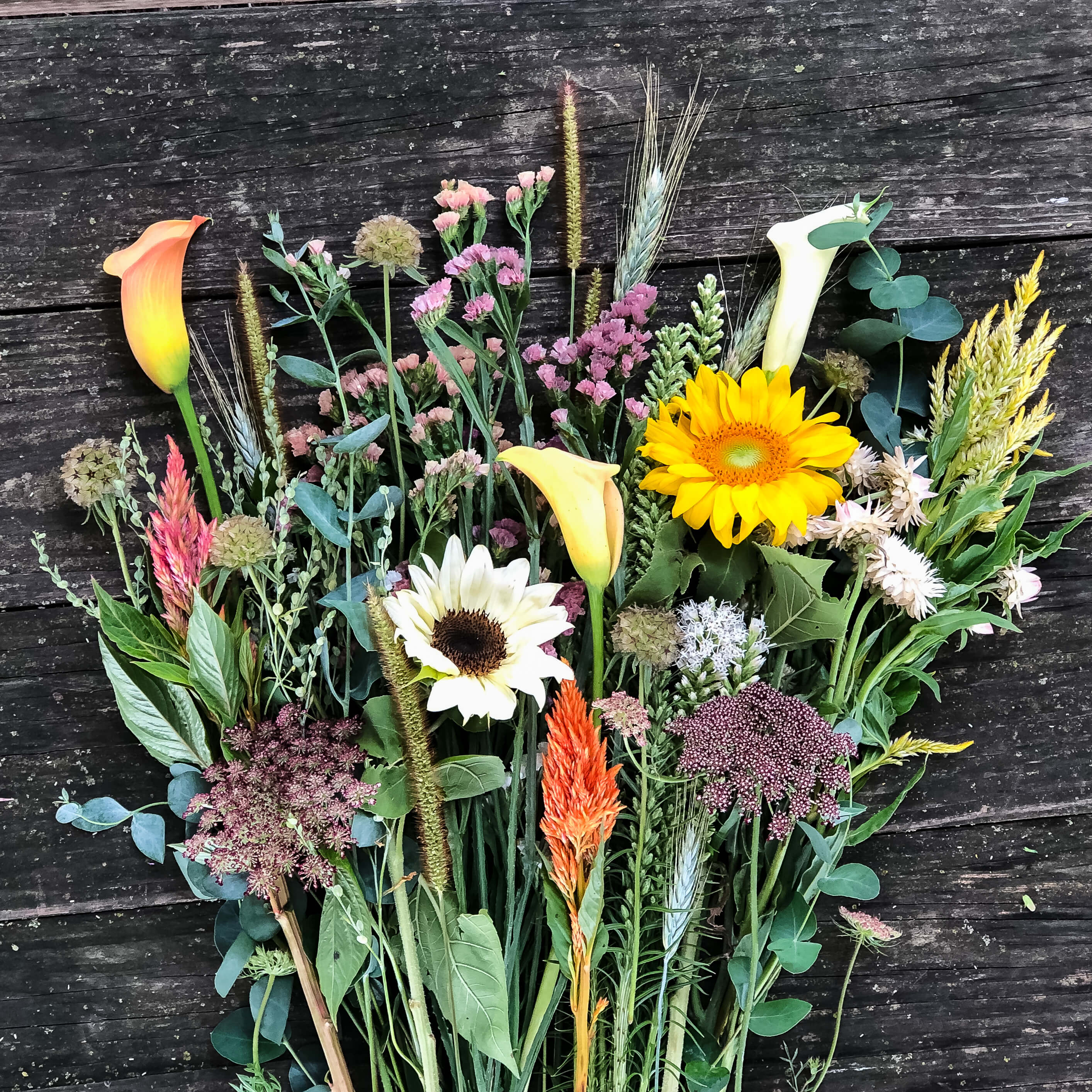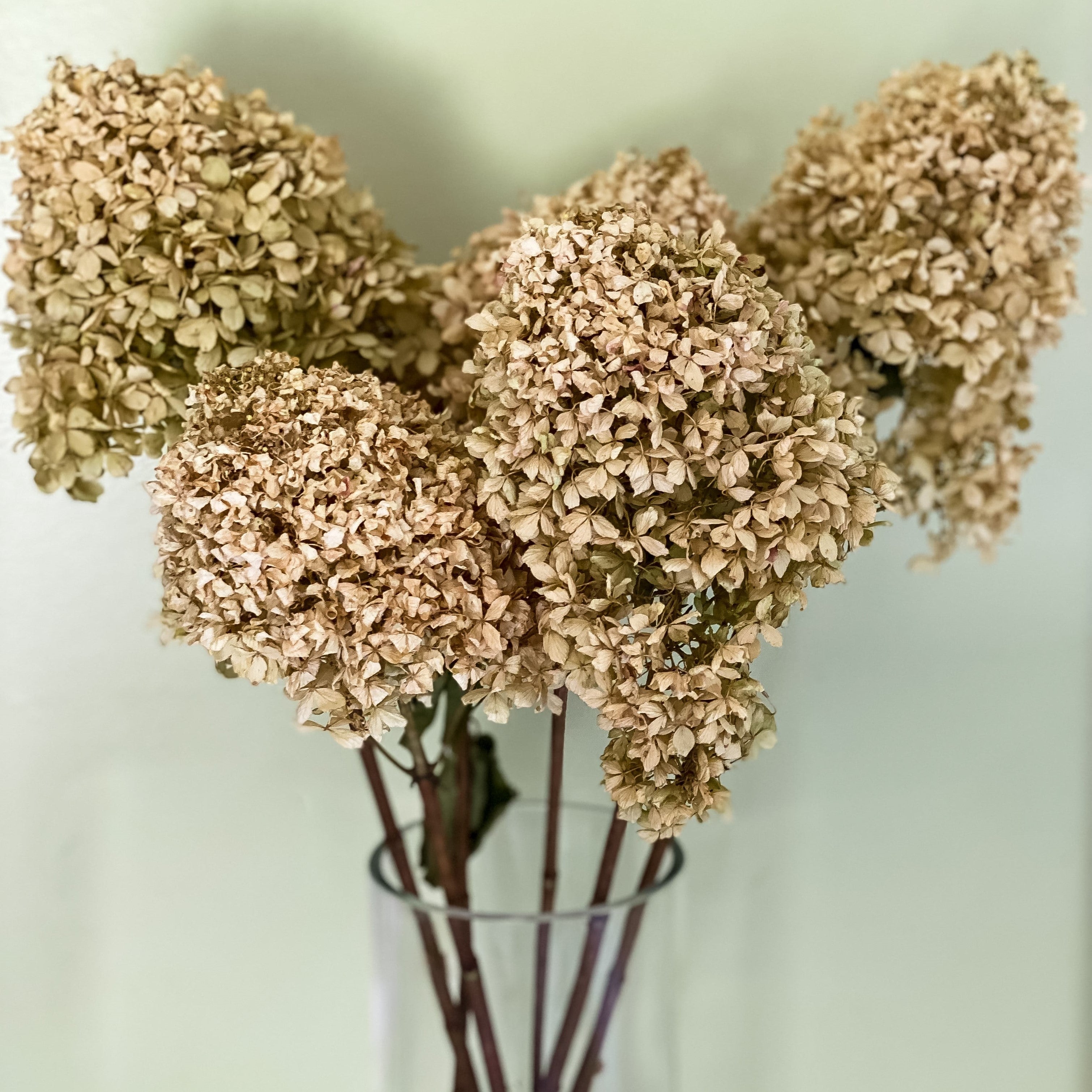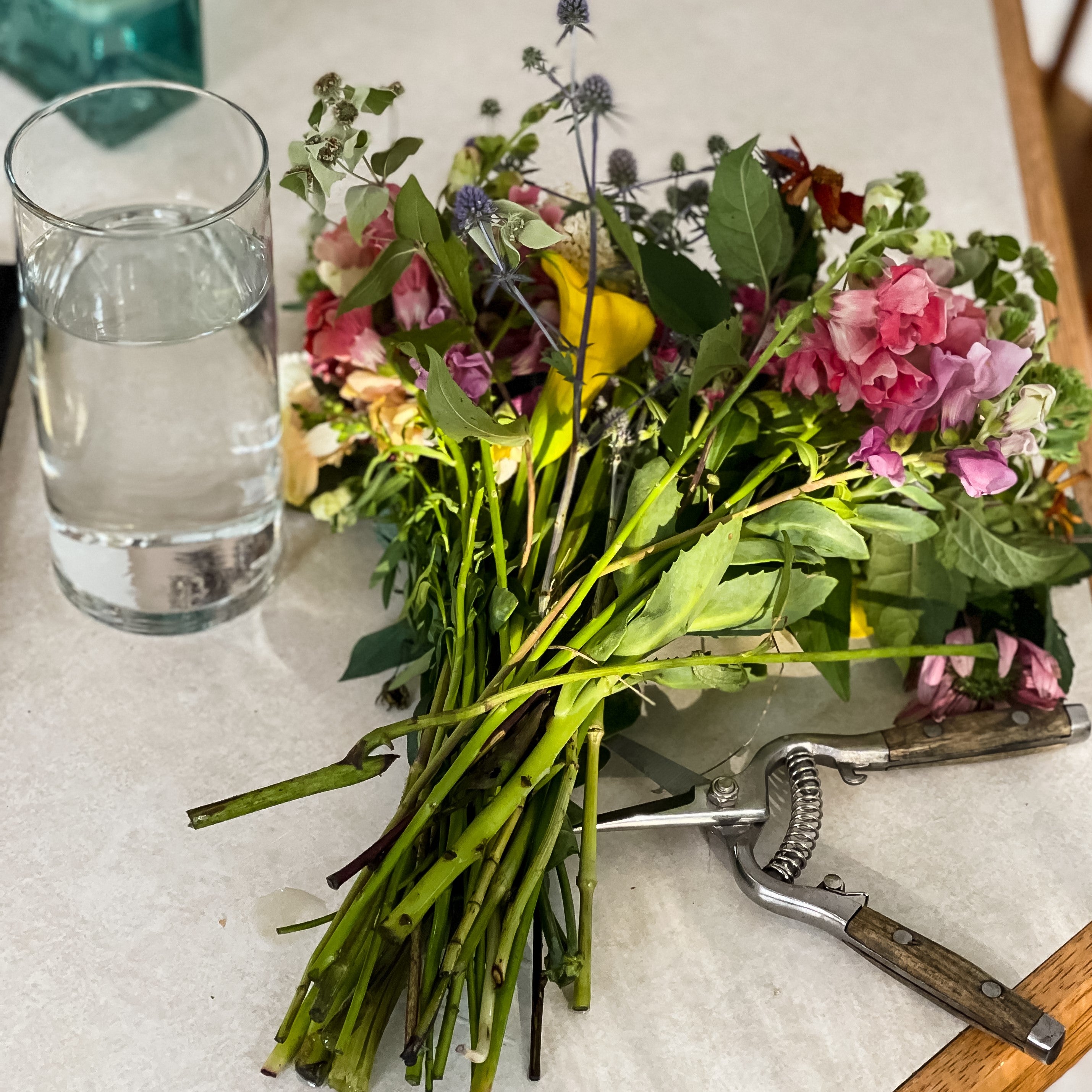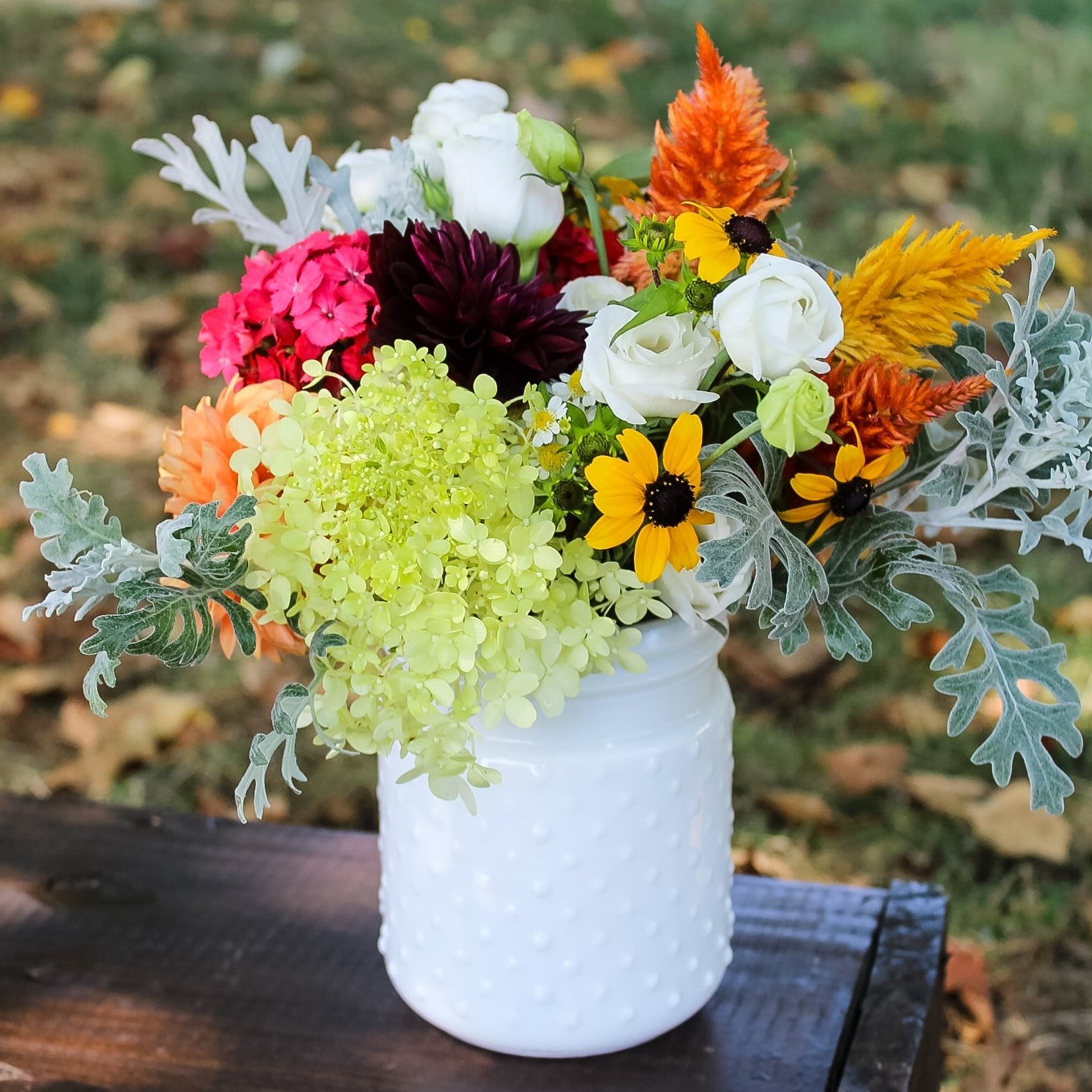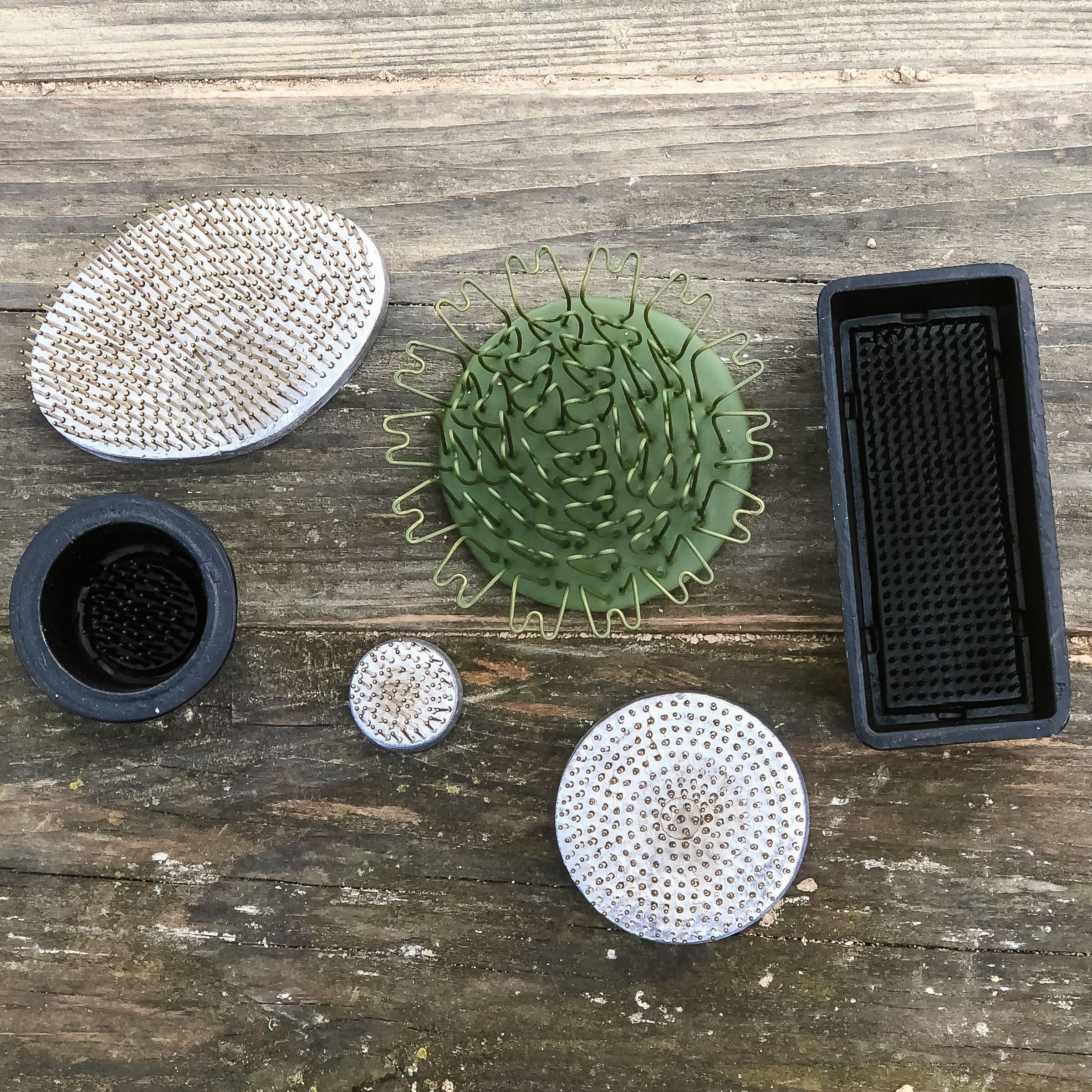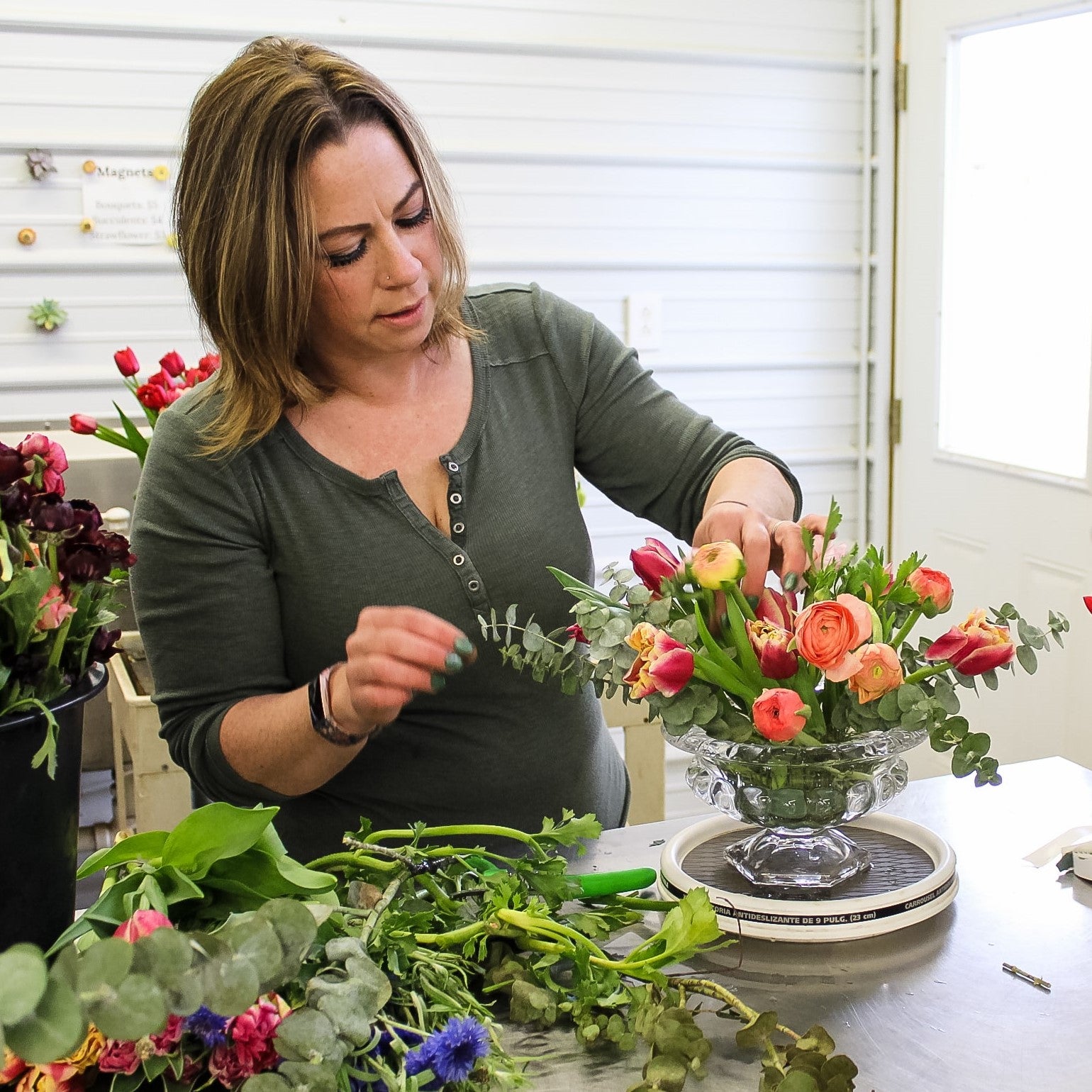Hi, Mackenzie here! I’m the lead floral designer for Harmony Harvest. Jess, Stephanie, and Chris took a big leap of faith when they hired me - I had no experience or knowledge of flowers or floral design, just a big promise of “I’m a pretty artistic person”.

Sustainable Alternatives to Foam
So, I came into the wonderful world of flowers knowing pretty much…nothing. Because of that, I’ve had an incredible time learning all the tricks of the trade, and a big one has been learning how to use flower frogs. Now, I’d heard of floral foam, and even received some arrangements as gifts over the years that were made with foam, but until I started working at Harmony Harvest I had no idea that there were sustainable alternatives, or that foam wasn’t always the best choice.
Not only that, but my design area shares a wall with our frog manufacturing space! This means that I’ve been able to practice designing with all the different types of frogs that we make, and learned the ins and outs of what works best in different types of designs.
We’ve done a blog post before that goes over the different types of frogs, but I thought I’d talk about the different strengths of each type to help you determine what will work best for you!
Pin Holders
The classic pin holder was probably the most recognizable type of frog for me - my mom even had an ikebana-style pin holder set in a decorative stone that fascinated me when I was a kid. These frogs have close-set, sharp nails that hold even the skinniest stems in place, and they also have a lower profile than the hairpin holders, so if you’re designing in a clear vase and going for a more organic look, these might be right for you! I have found that these keep flowers super secure, since the stems are actually pierced by the frog rather than just supported by them, which makes them a good choice for traveling.

Pin Cups
I always have a pin cup on my design table that I add my favorite flowers to, and I have some around my home as well. These are the perfect solution for designing in a vessel that isn’t watertight by itself, making the possibilities endless! You can use them in baskets, lanterns, terracotta planting pots…whatever you can think of. One of my favorite uses for these is giving new life to an arrangement at my home - once some of the flowers in my vase have started to wilt, I take the good ones and arrange them in a pin cup rather than leaving them in a too-big vase. After using these, I don’t think I could go without them in my floral design arsenal.

Hairpin Holders
These babies are my go-to. Hairpin holders are my favorite to use, as they give me the most flexibility with my design and are probably the easiest for beginners (and professionals!). It gives the stems support without locking them in place too much or damaging the ends of the stems, so you can easily adjust as you go. The hairpin holder’s looped design also makes it easy to place stems horizontally, giving you creative freedom with some added support. Plus, they’re great for when you’re using dried or silk flowers since they don’t damage the stems…although, if I’m being honest, I’m a little biased towards fresh flowers.

What size frog should I get?
Once you’ve chosen the type of frog that’s right for you, you’ll have to decide on what size to get. Tricky, right? Not really! The biggest factor in determining the size of your frog is the size of your vase or vessel. I usually pick the biggest size frog that will fit in the vessel that I’m using, to get as much support for my stems as possible, but when in doubt, you can err on the side of smaller.

Measuring for a Vase
The size charts on our product listings will tell you the dimensions of each frog, since the list size may differ from the actual measurements. This is pretty simple when it comes to a standard cylindrical style vase (measure the smallest part of your vase and pick a frog size that will fit).
Measuring for a bowl or compote
When it comes to compote and bowl-style vessels, it’s a little less straightforward. I try to determine the largest space at the bottom of the bowl that can keep the frog as flat as possible, making it easier to secure with floral putty. If the frog is too big, it will only make contact with the vessel on the outer edges of the frog, instead of the full surface of the base. If the bottom of your vessel is super rounded, you might want to go with a smaller frog. If the bottom has a flatter surface, you can size up. You might want to use a cylindrical object laying around (maybe a cup or small container) to see what works best, and use that measurement to choose your frog size.
The takeaway
Flower frogs are an amazing way to create floral designs beyond just putting flowers in a vase and calling it a day (although there’s absolutely nothing wrong with that!), or using floral foam that isn’t as gentle on the environment or your flowers. The next time you have some flowers around - whether they’re picked from your garden, gifted by a friend, or bought from our farm - you’ll be happy to have a flower frog around.
Our sister company, Floral Genius is the only United States company who makes metal flower frogs. Search the full collection here!
